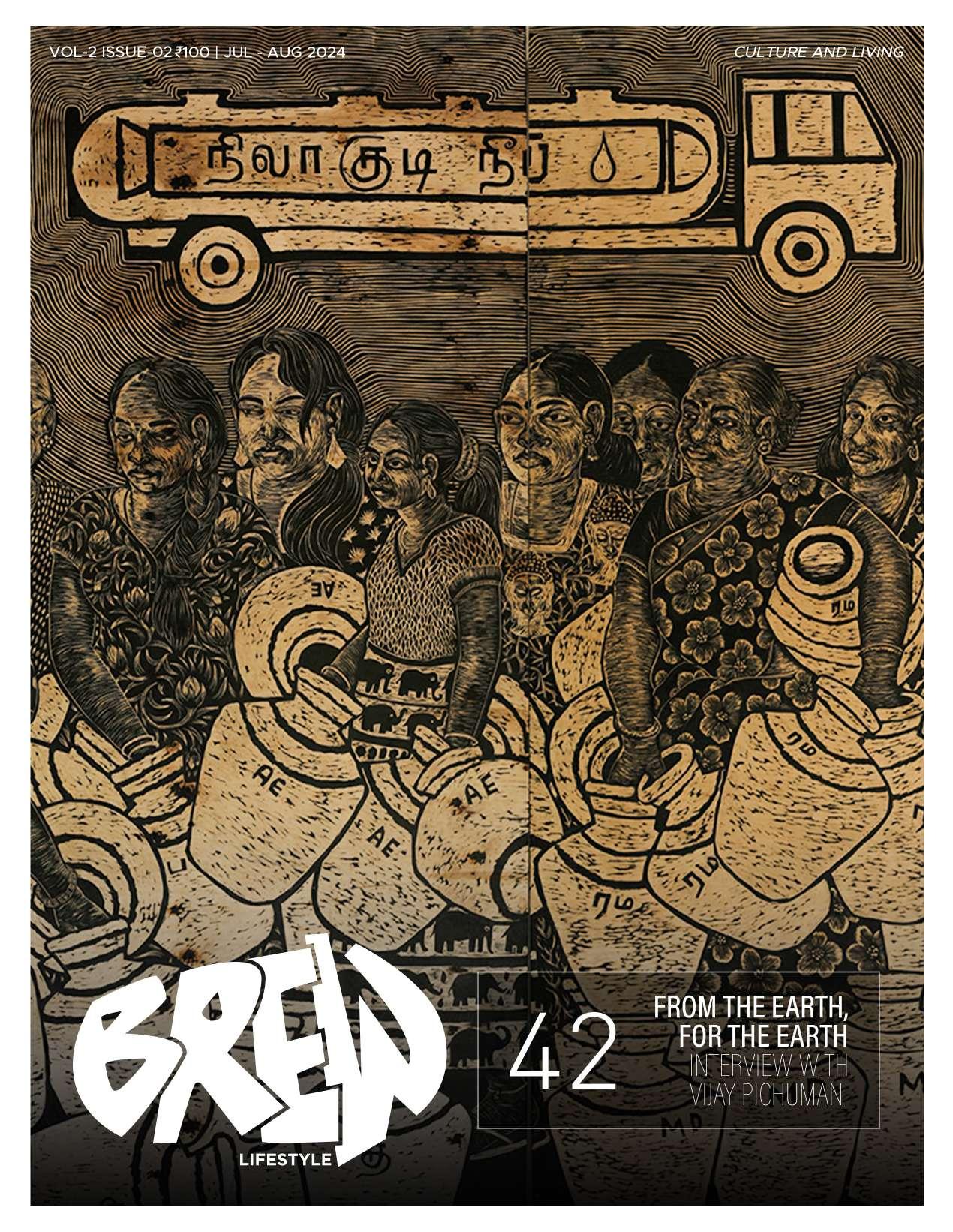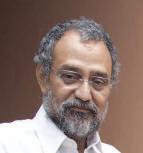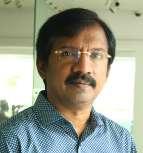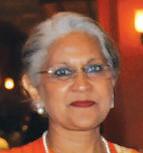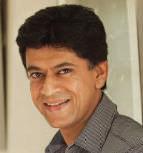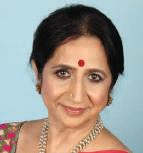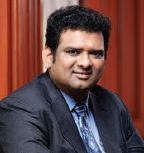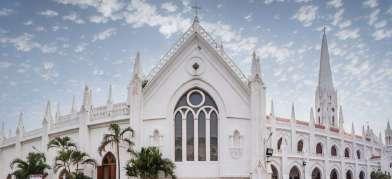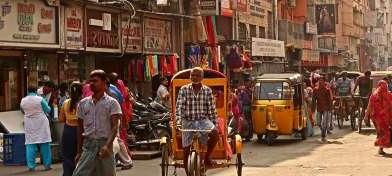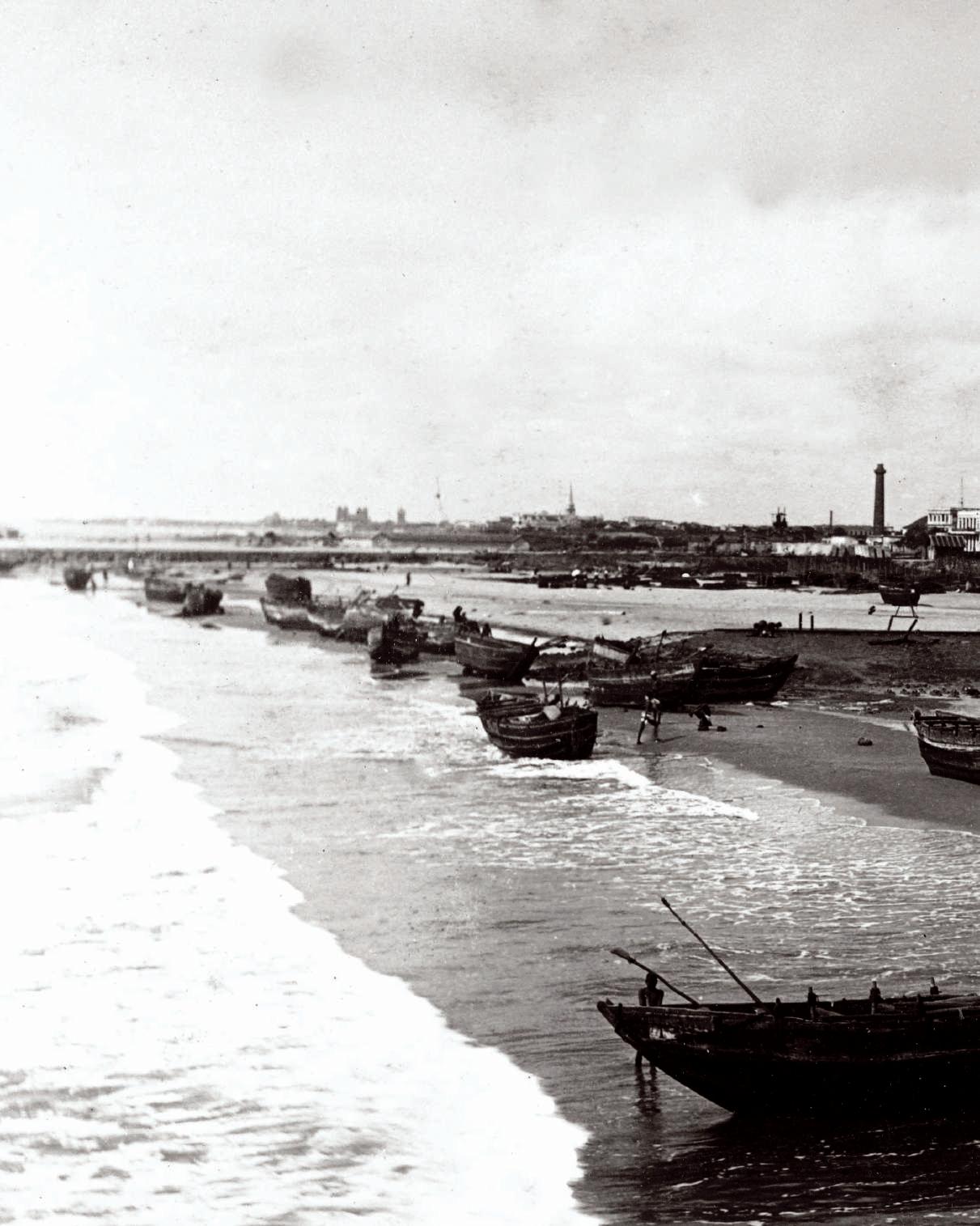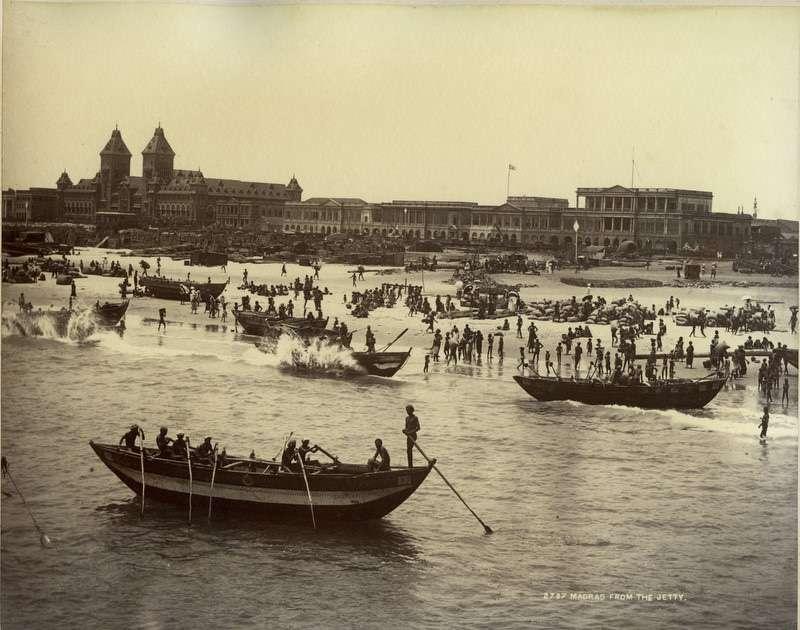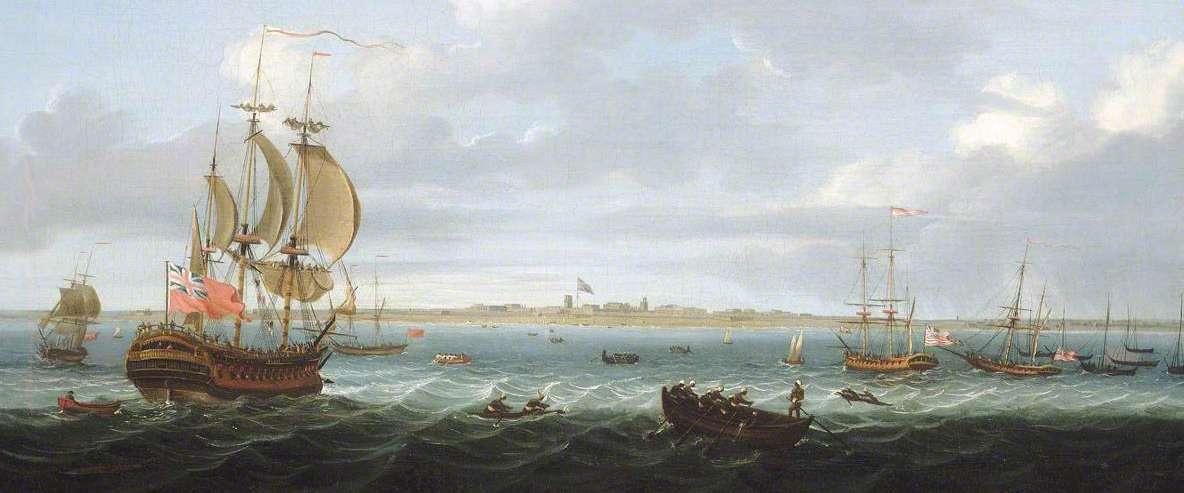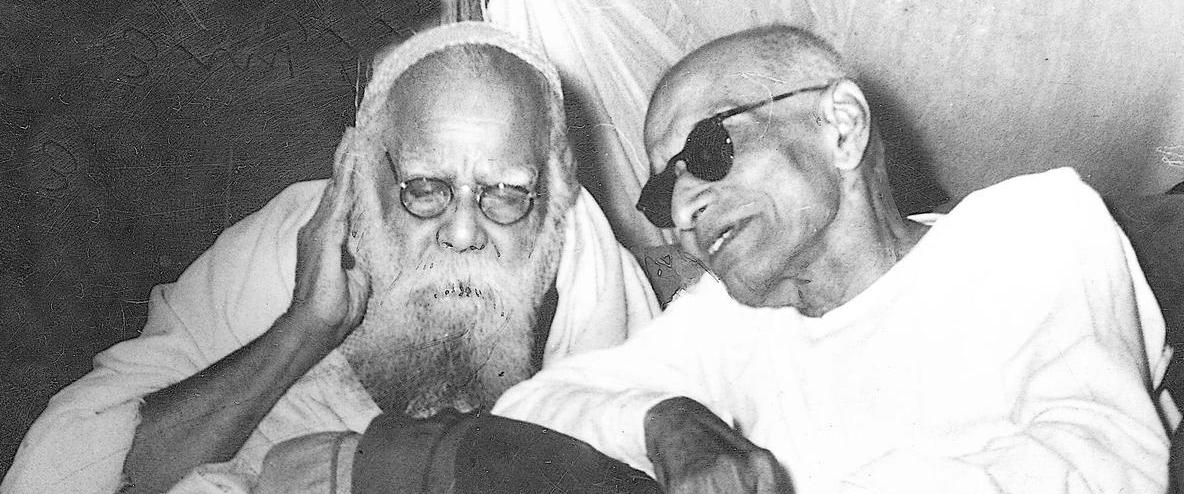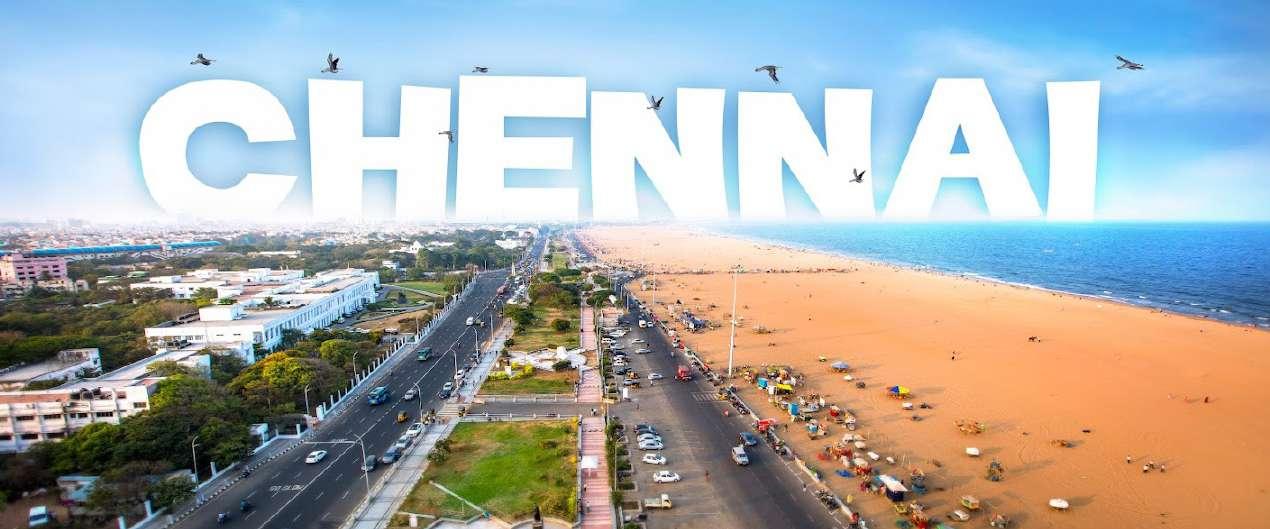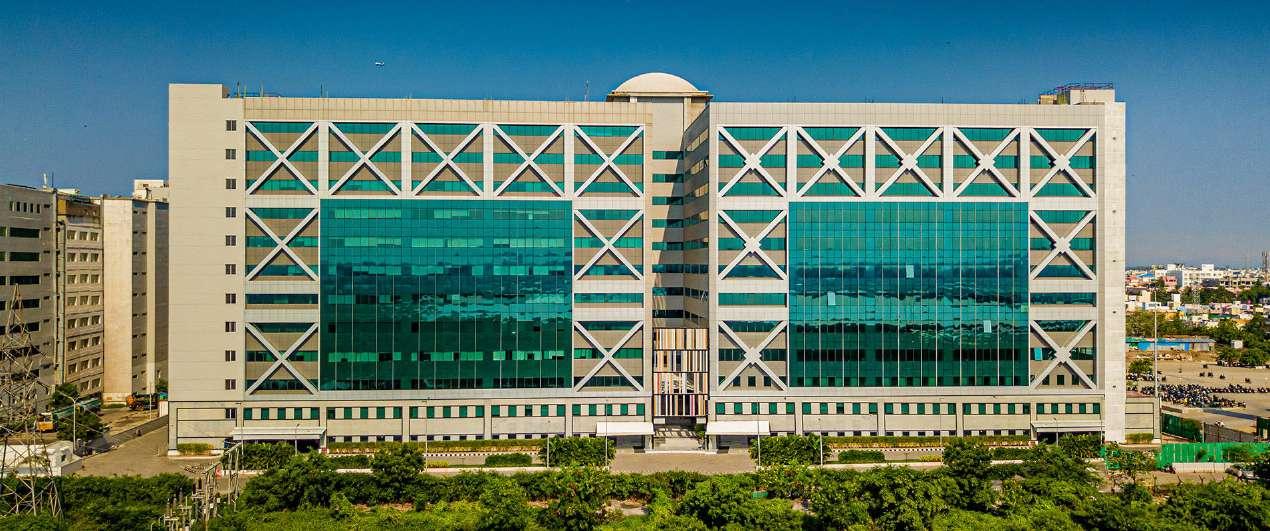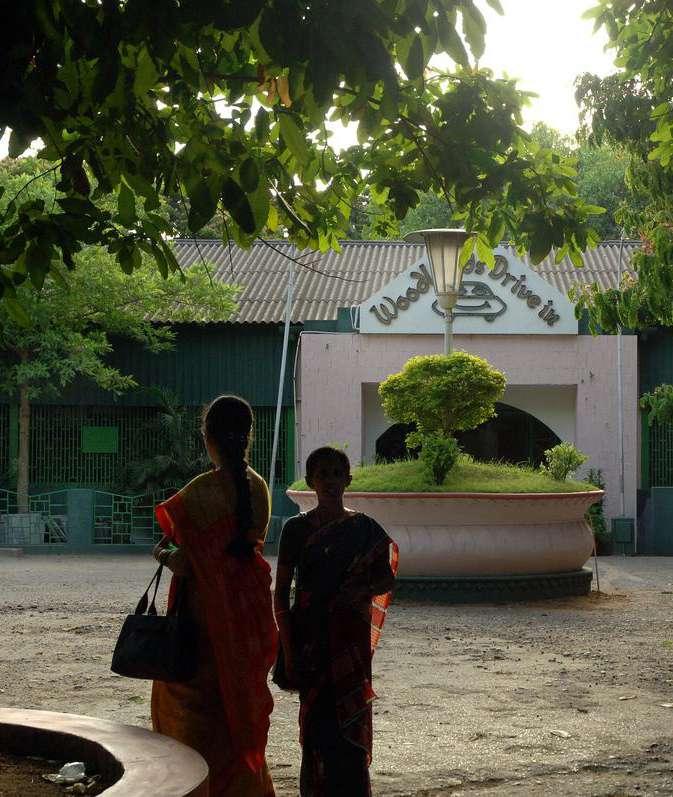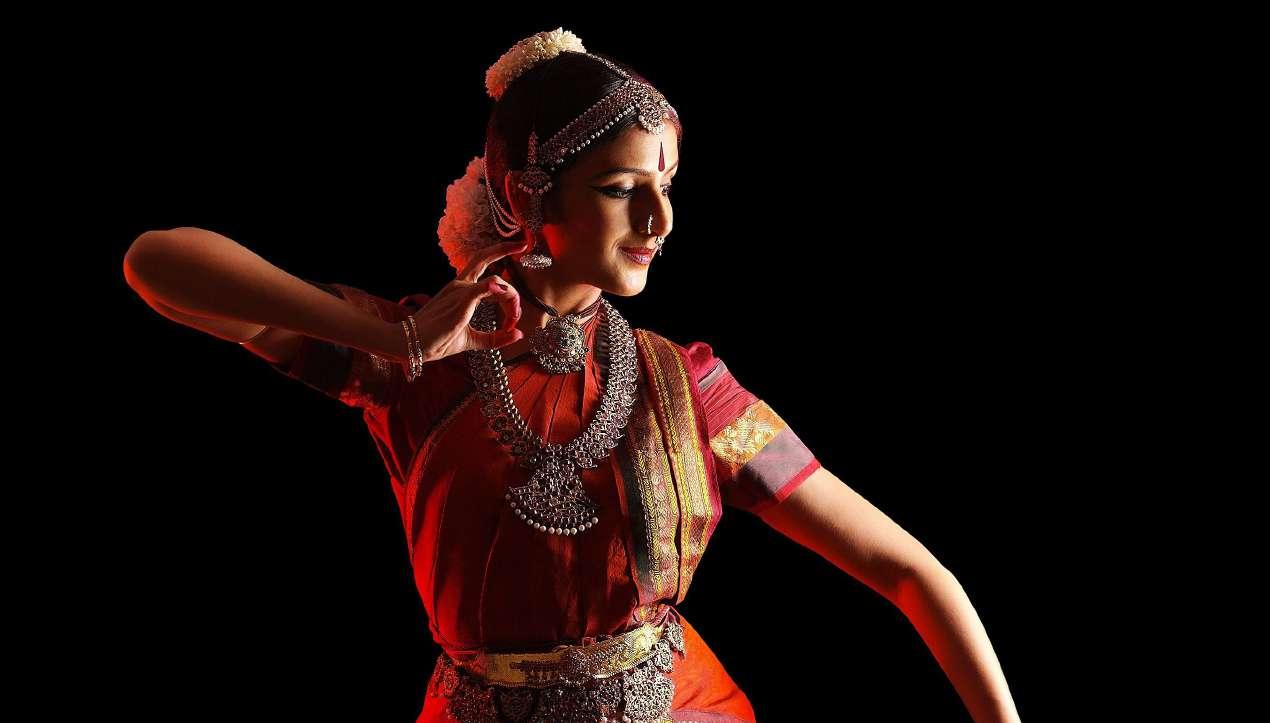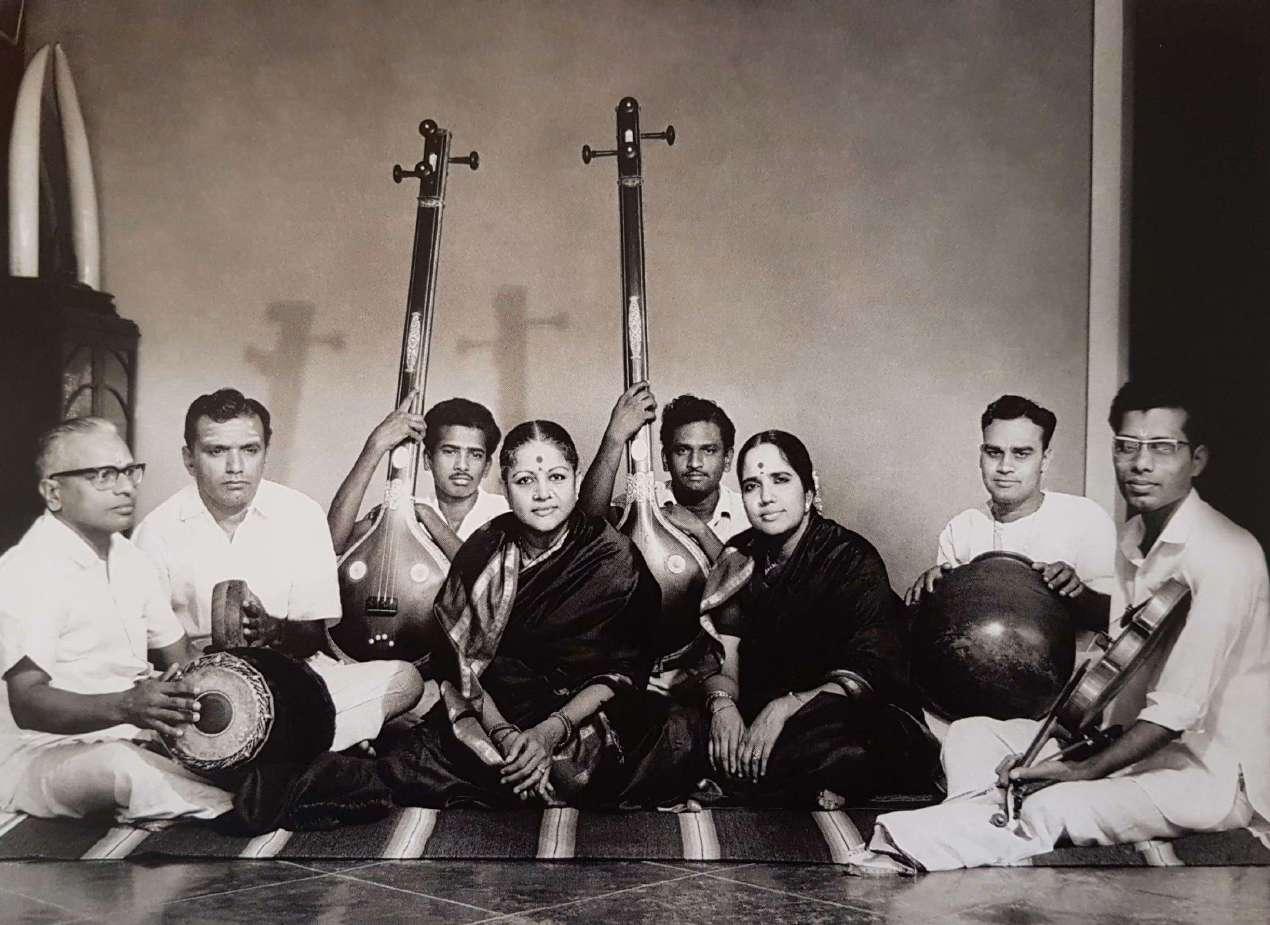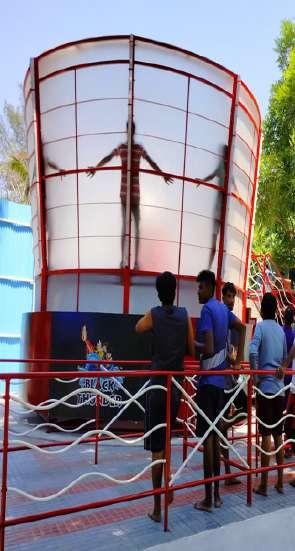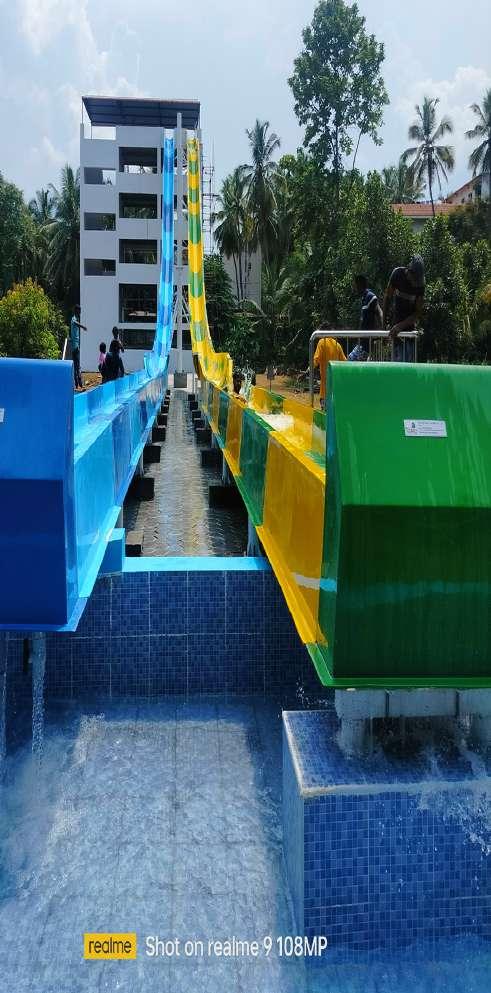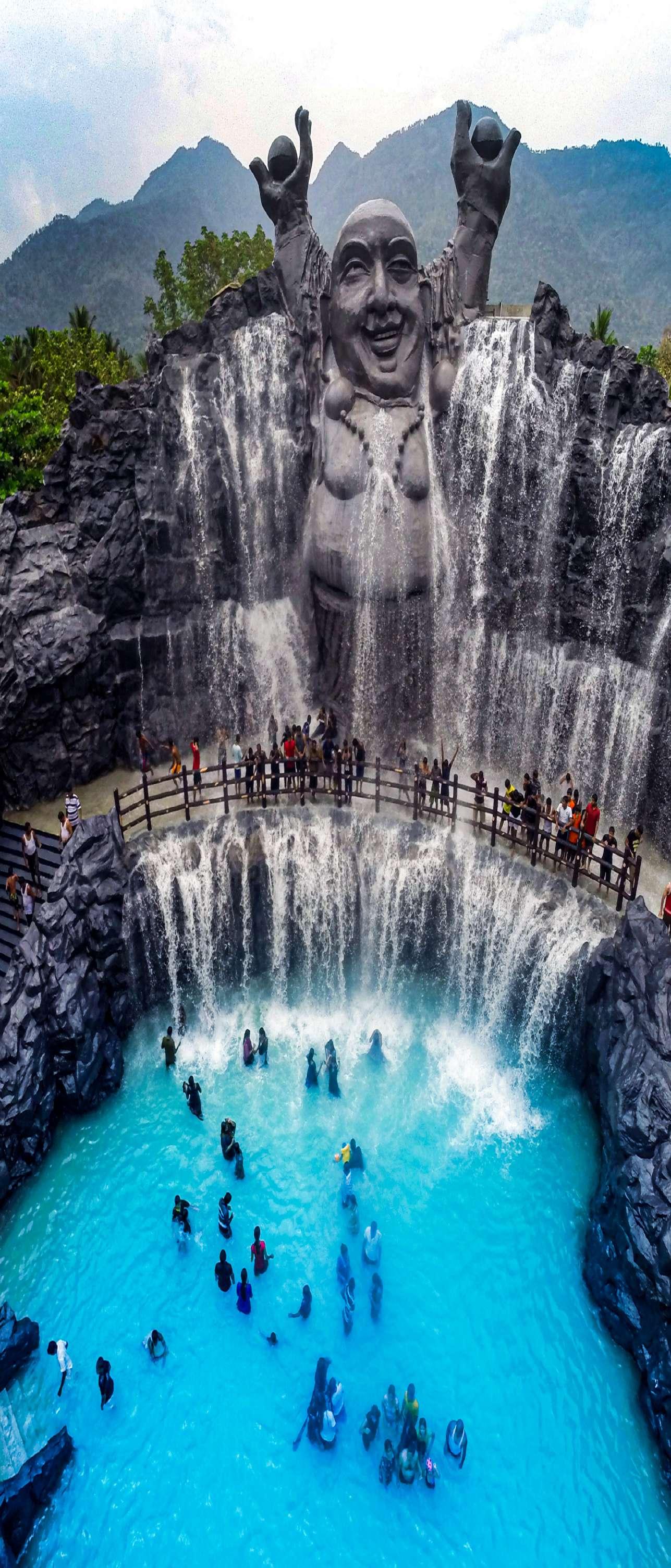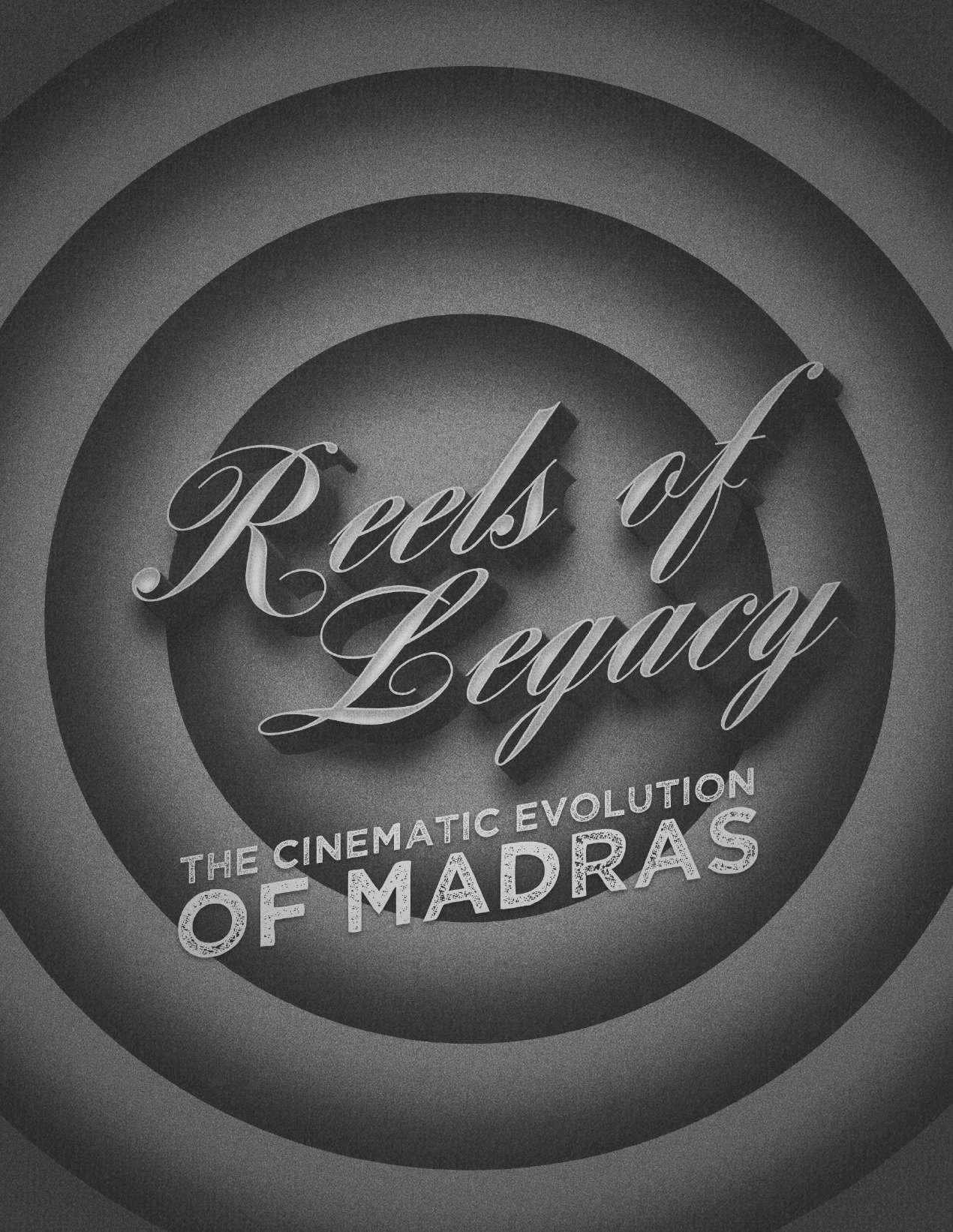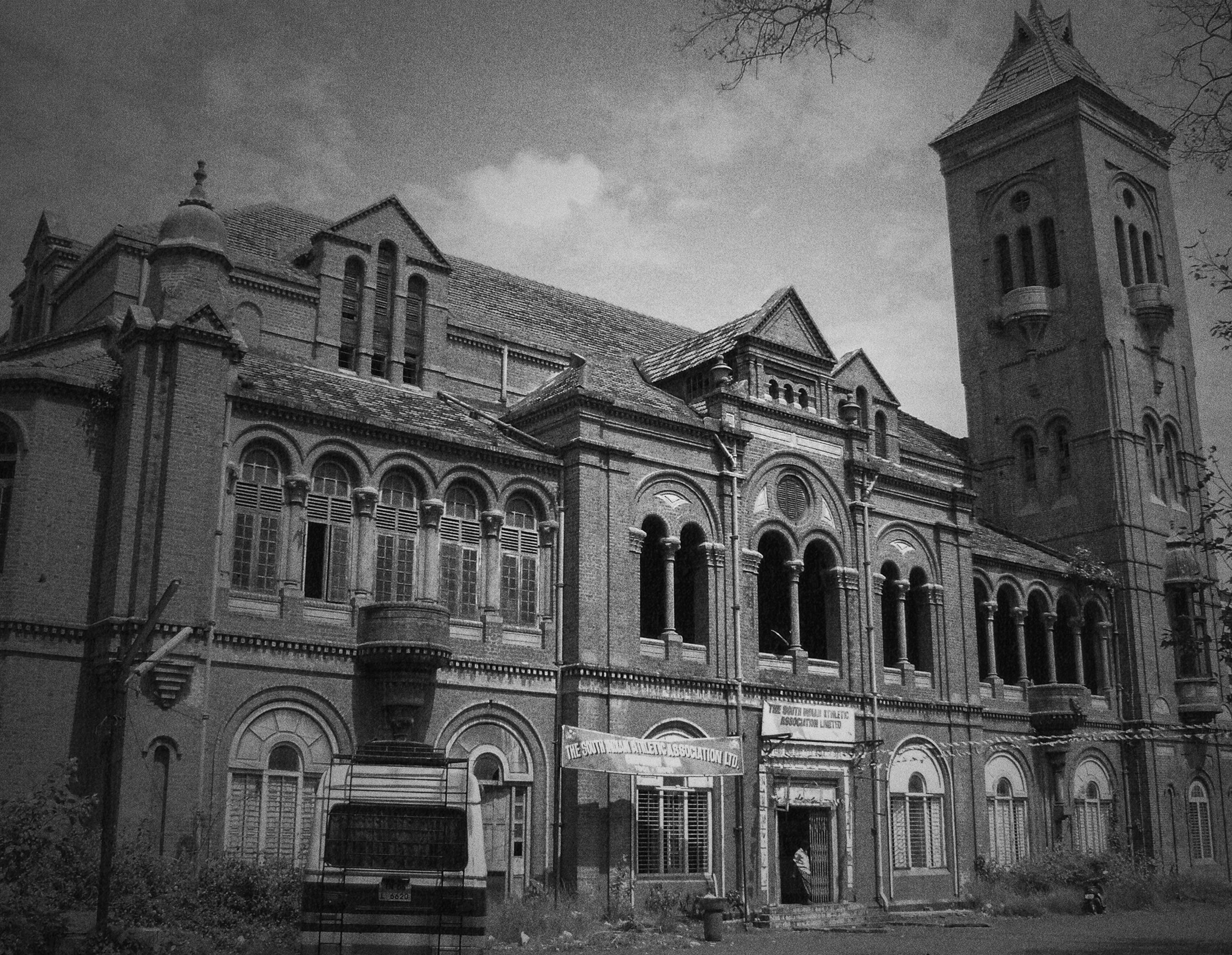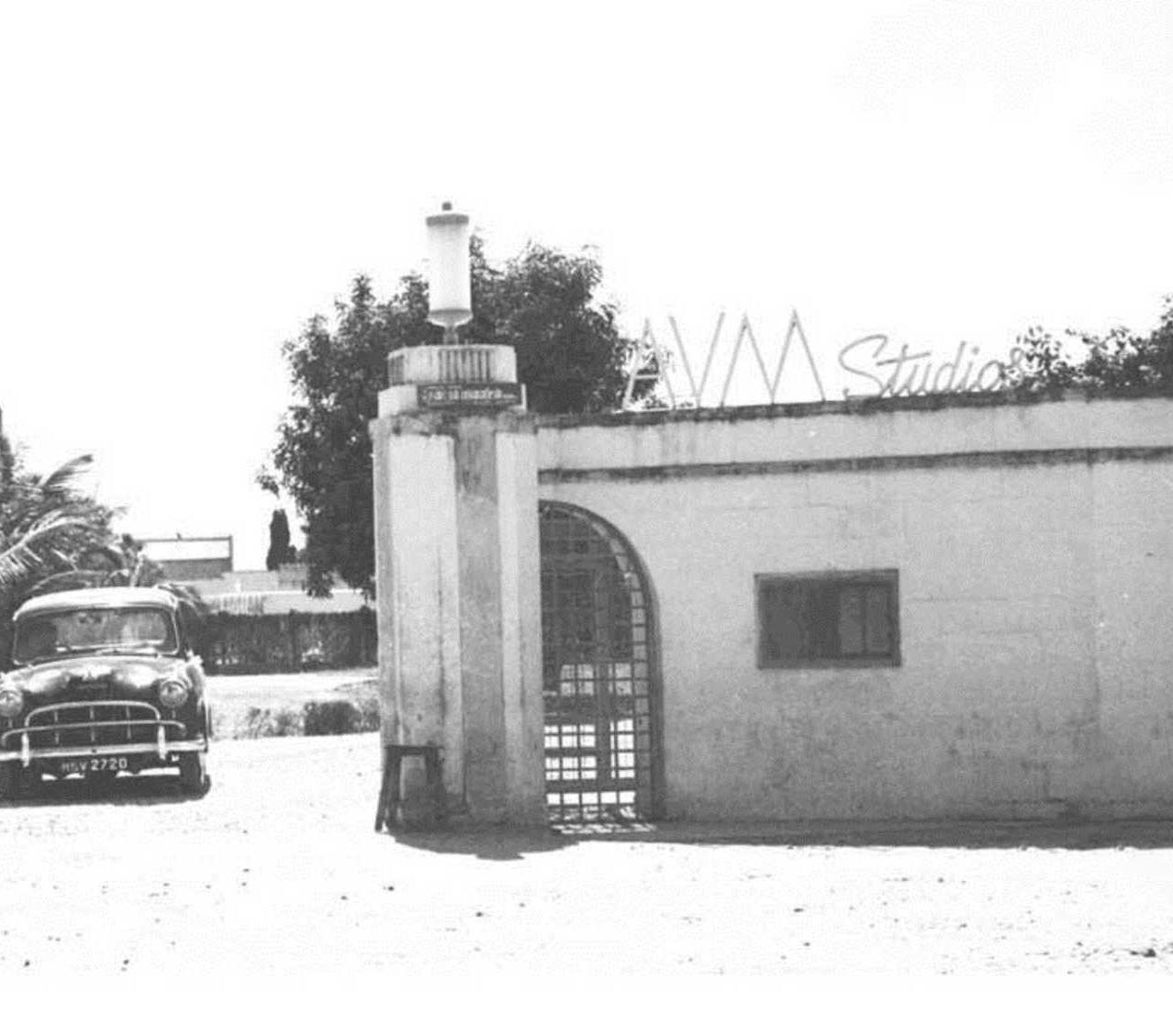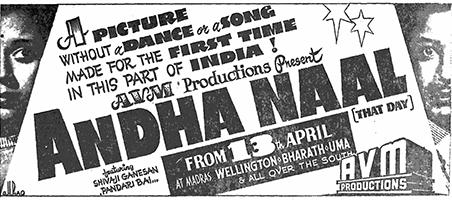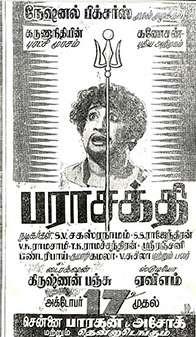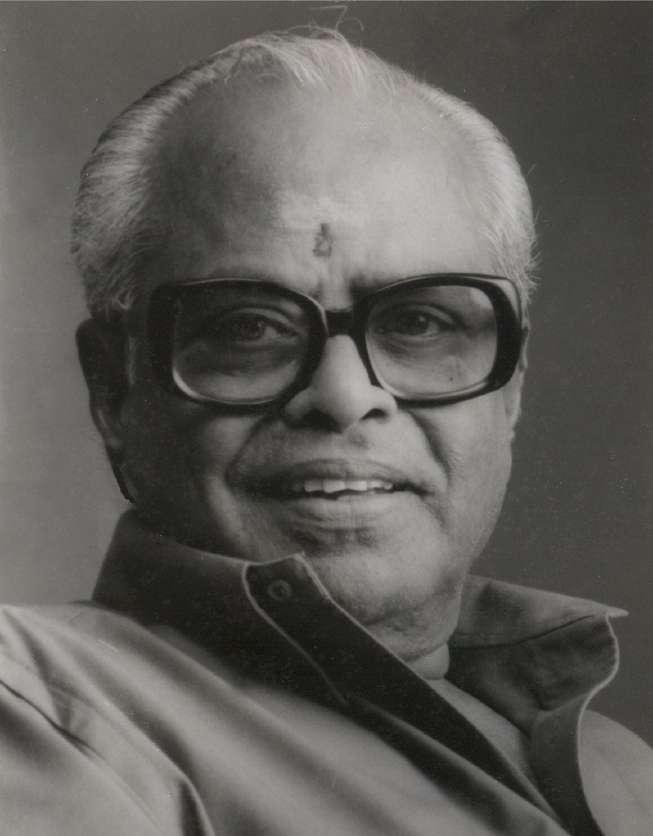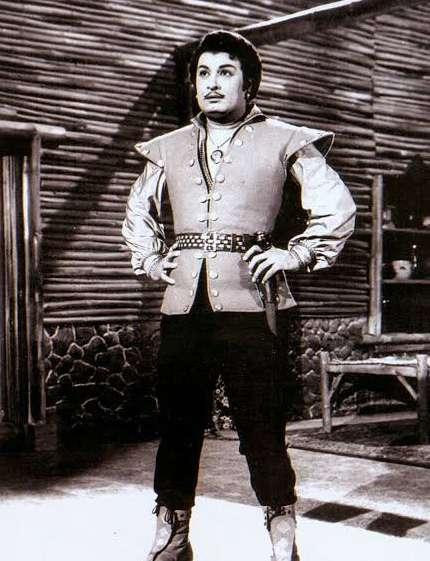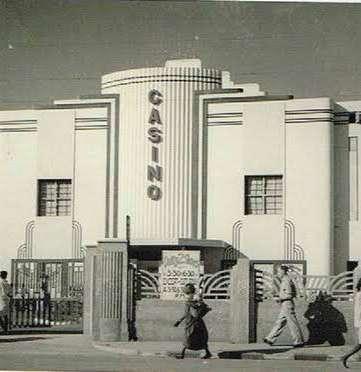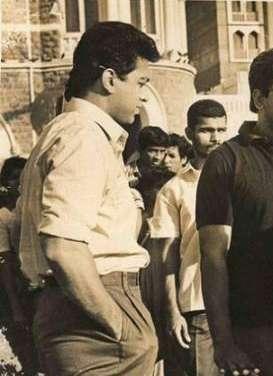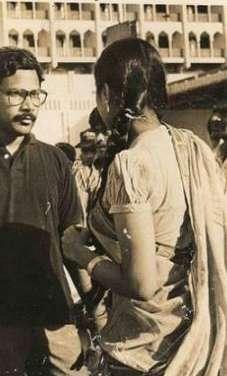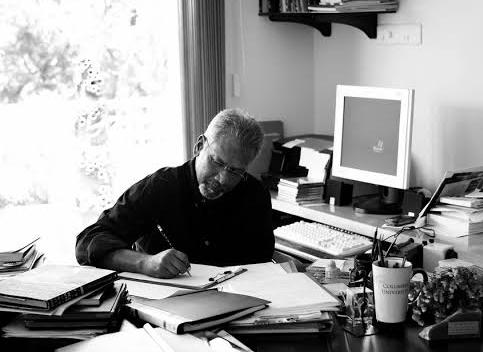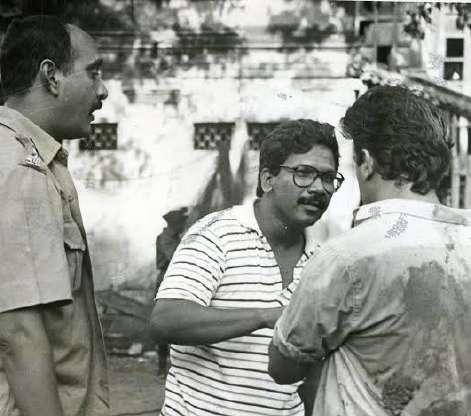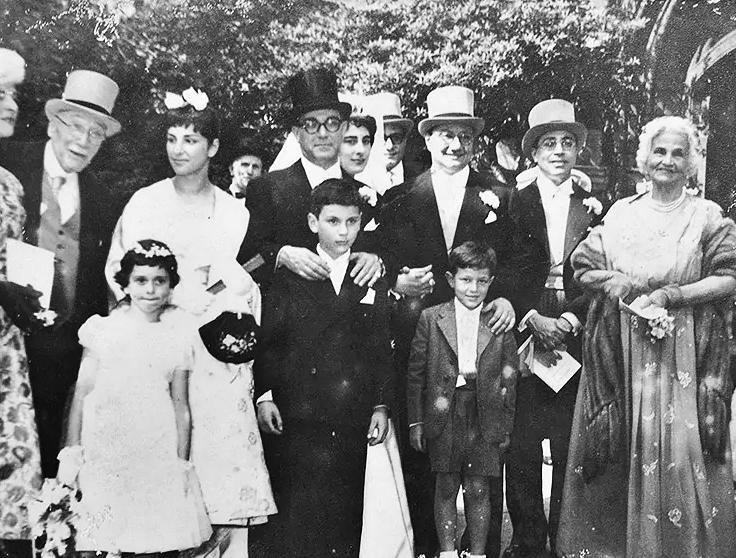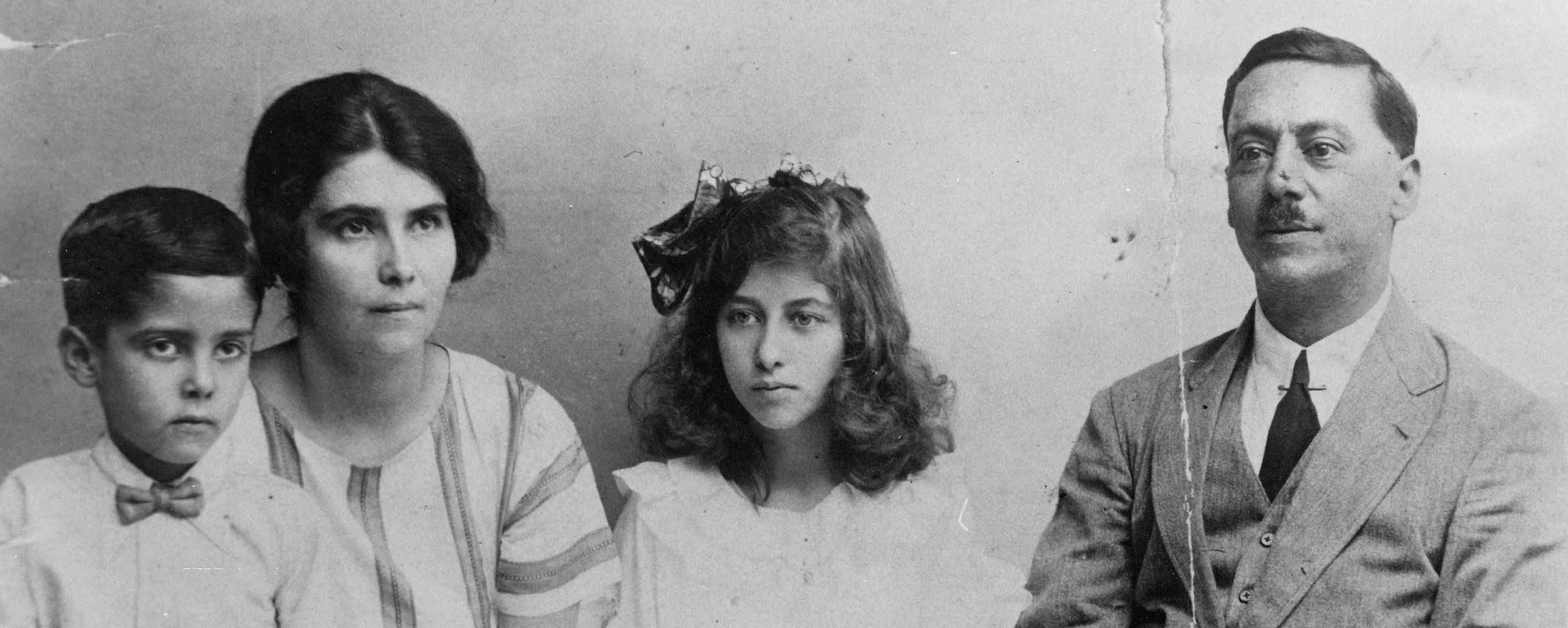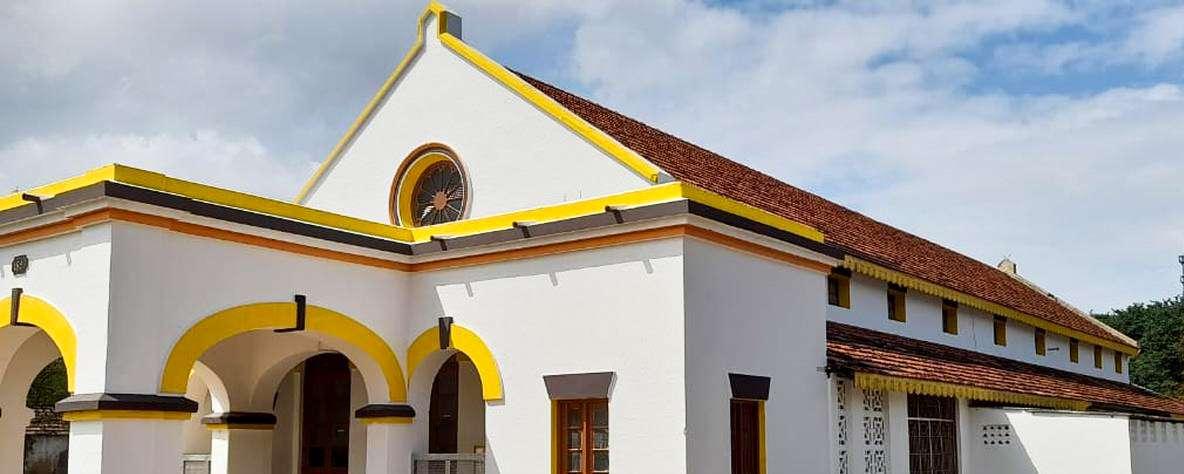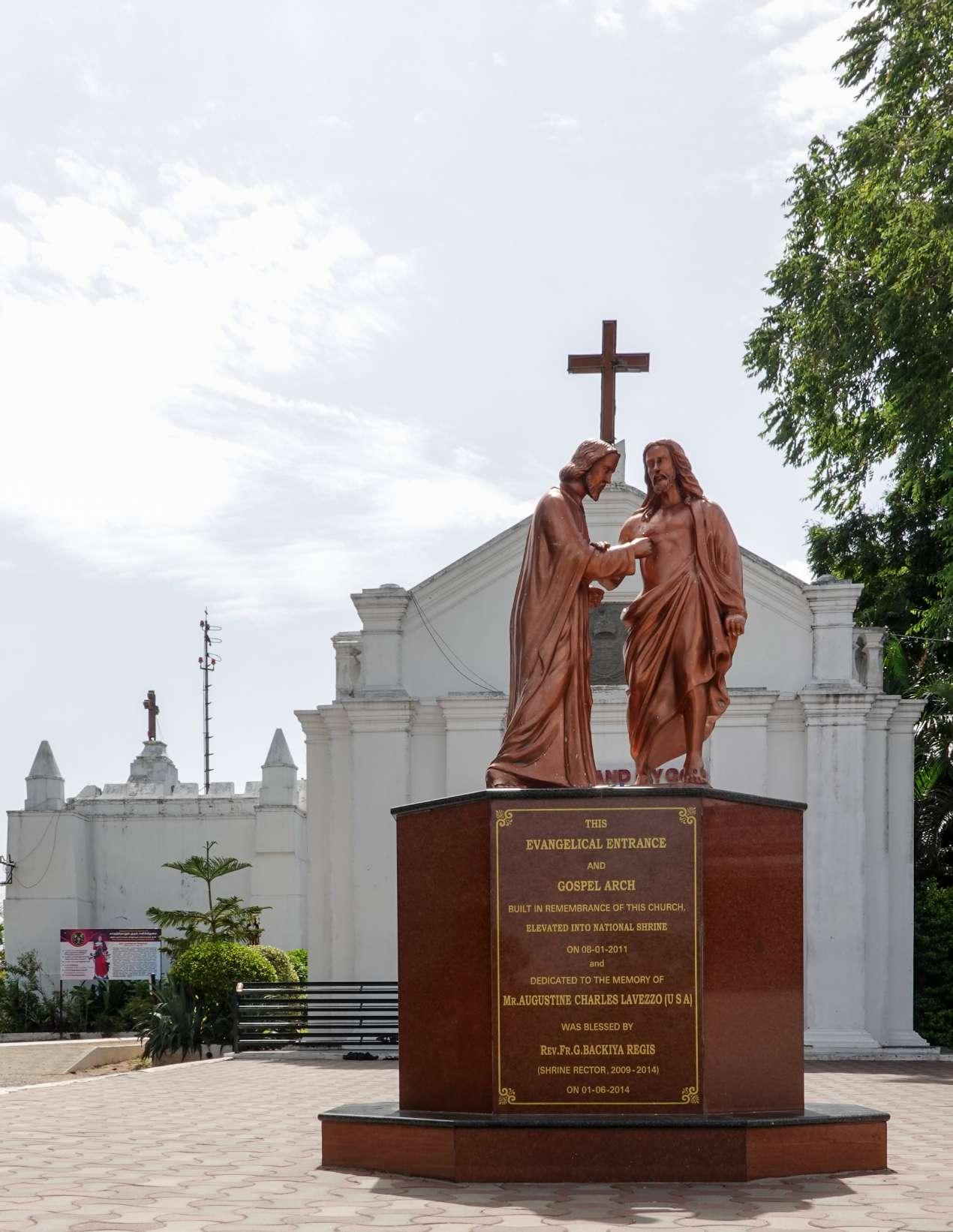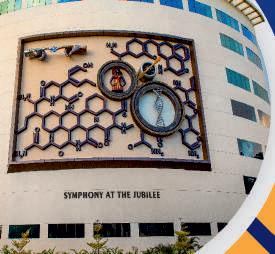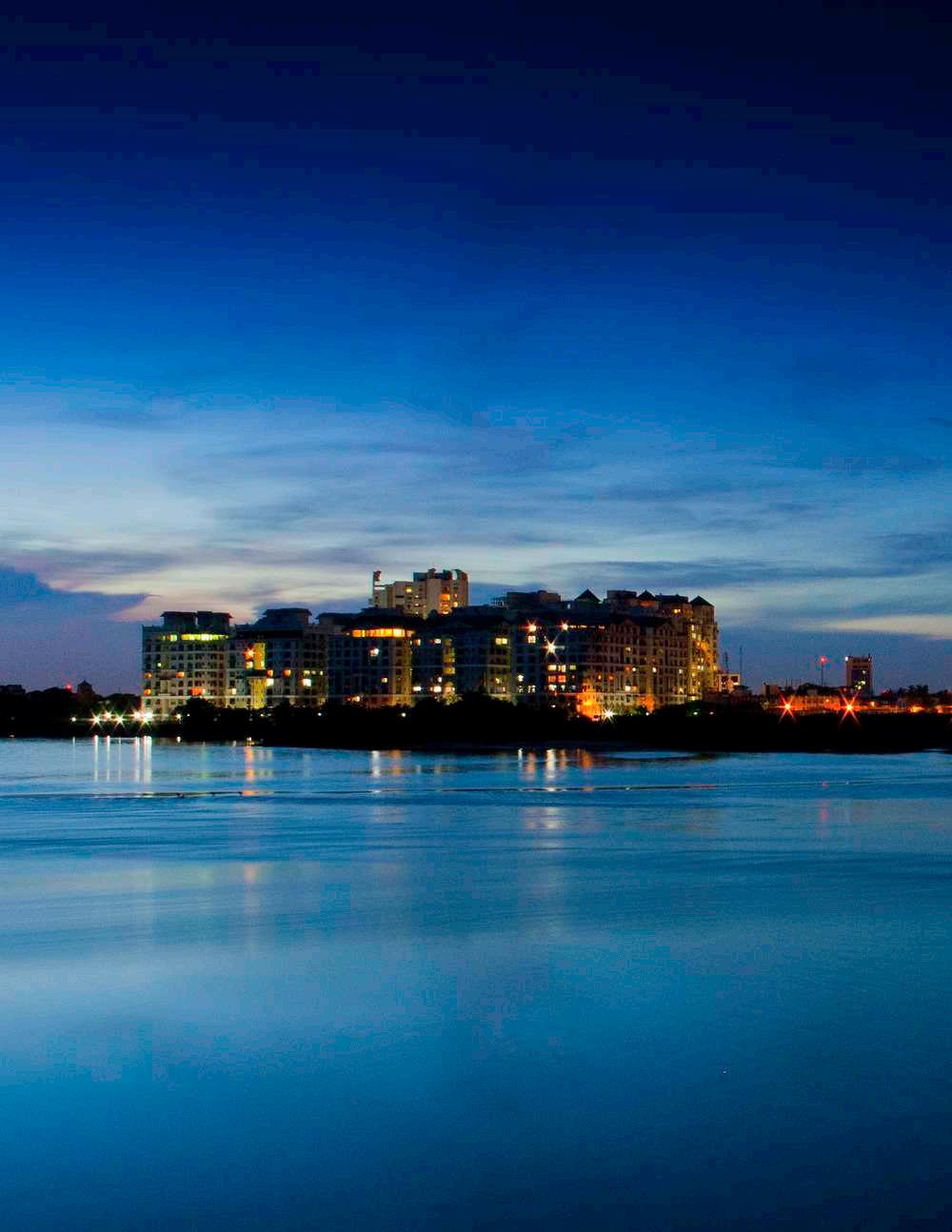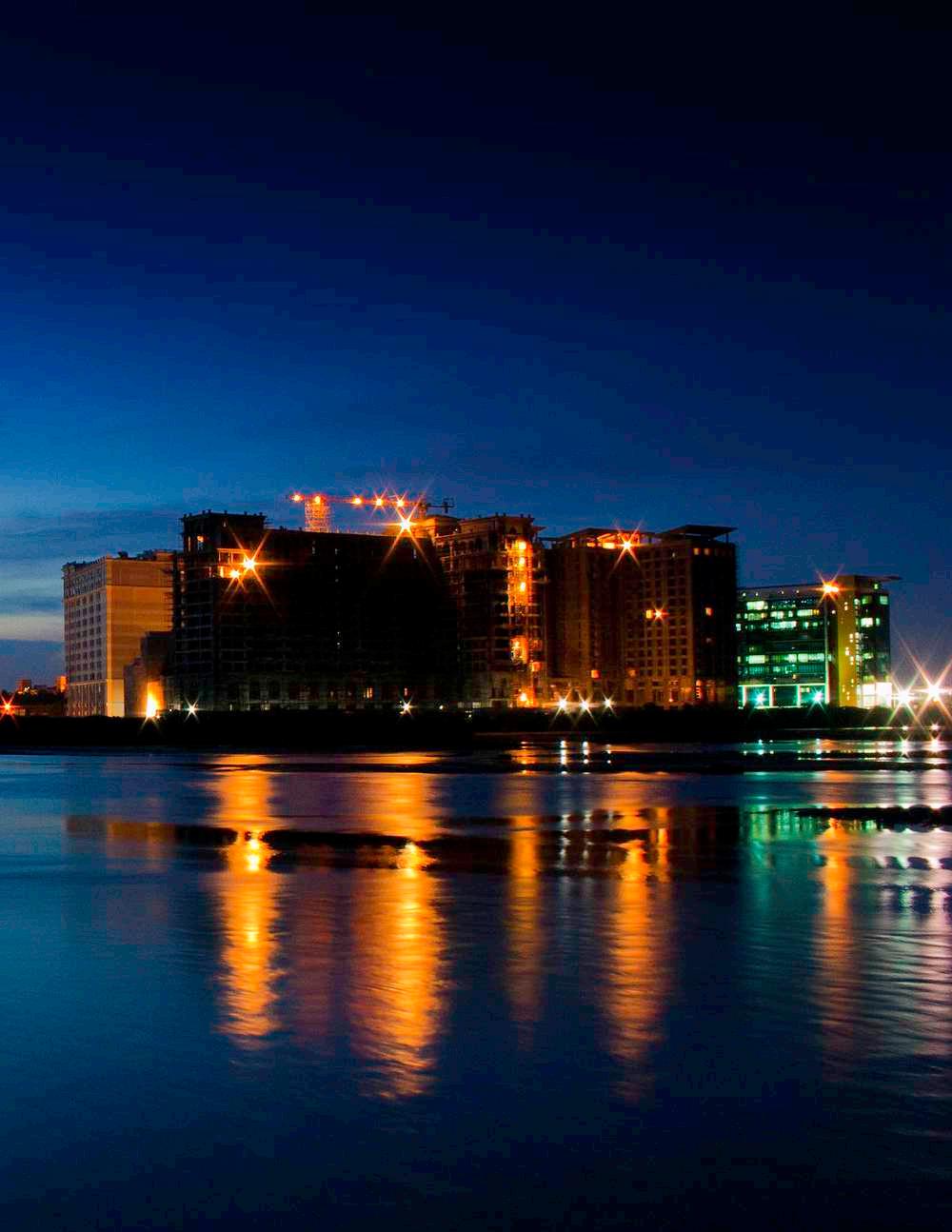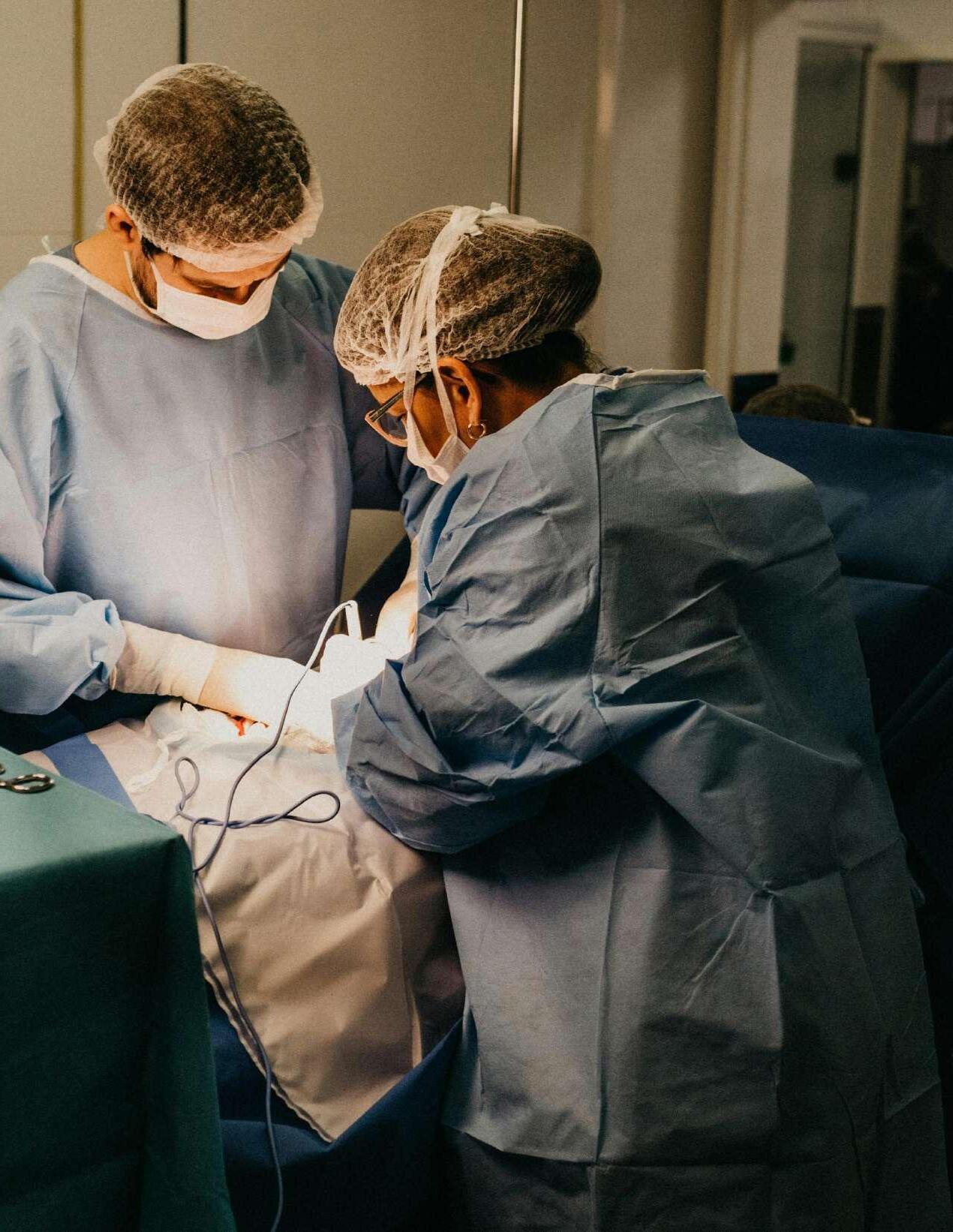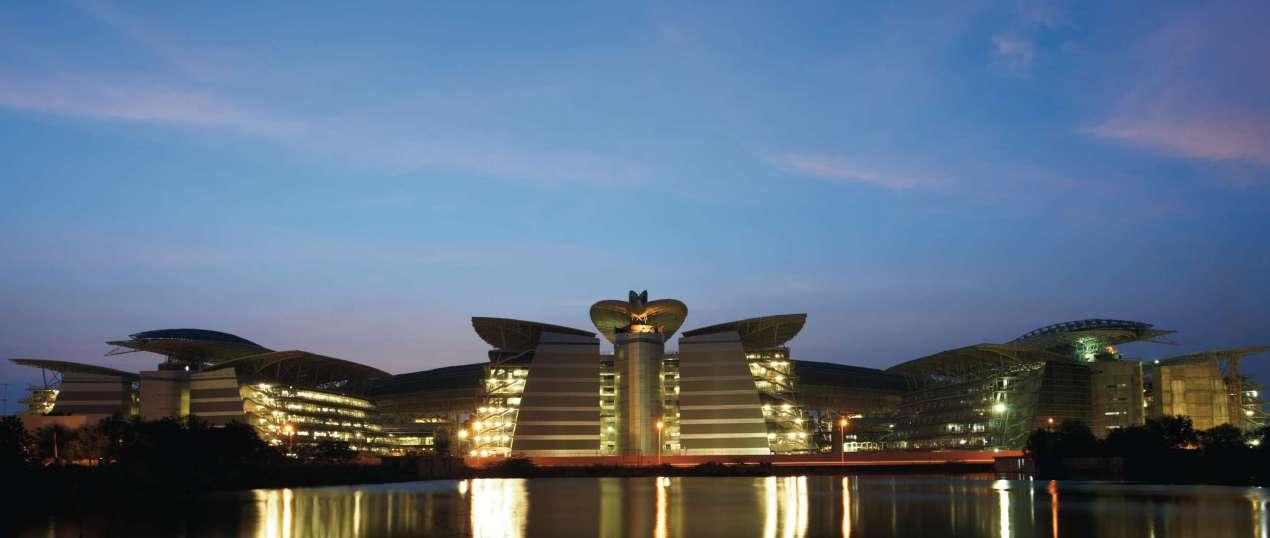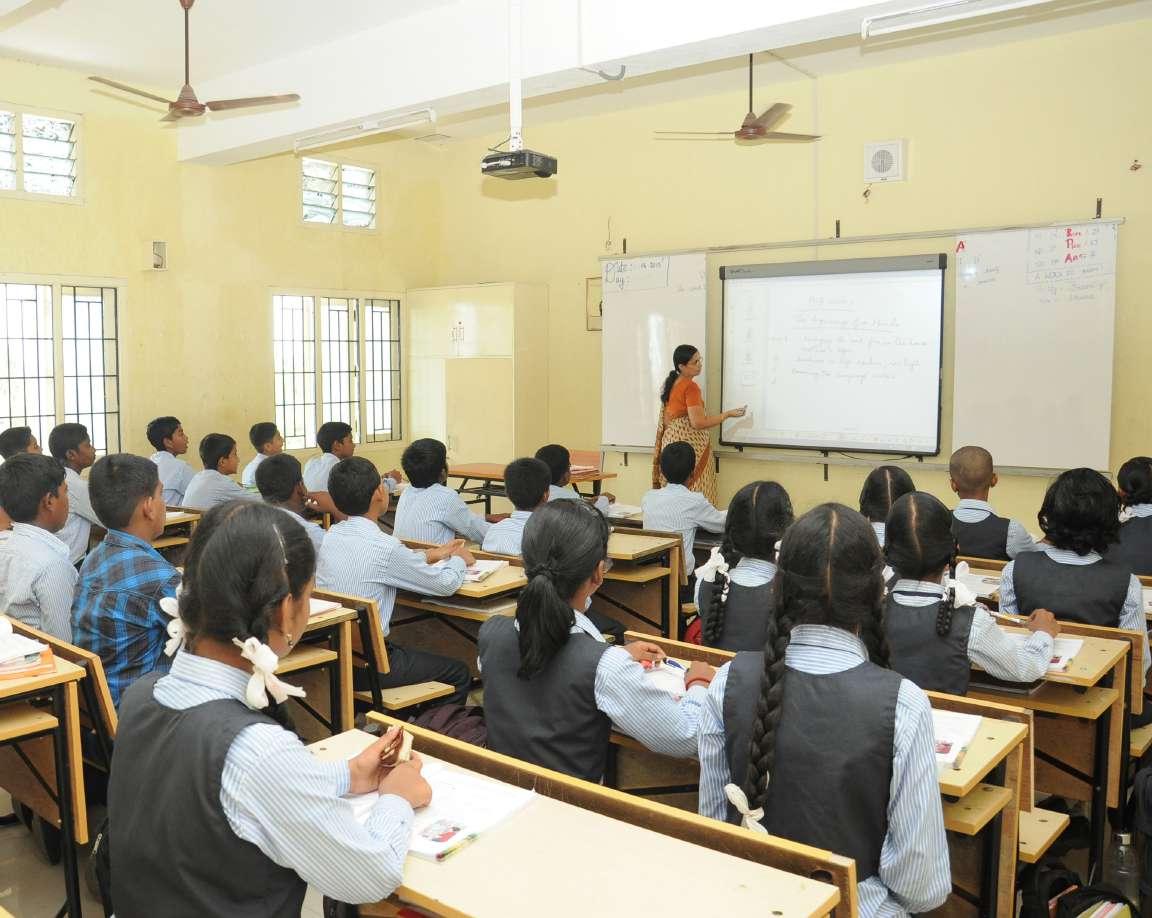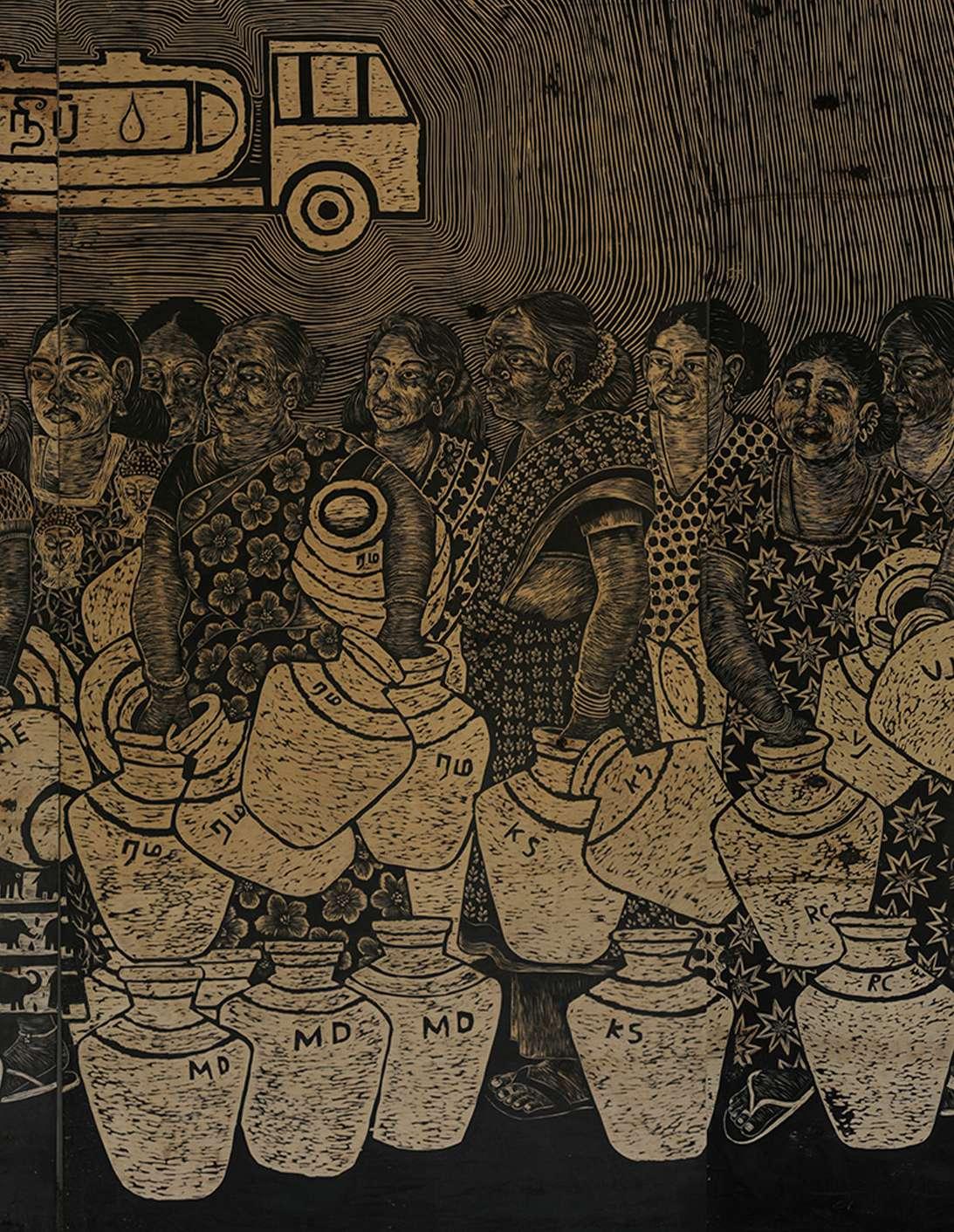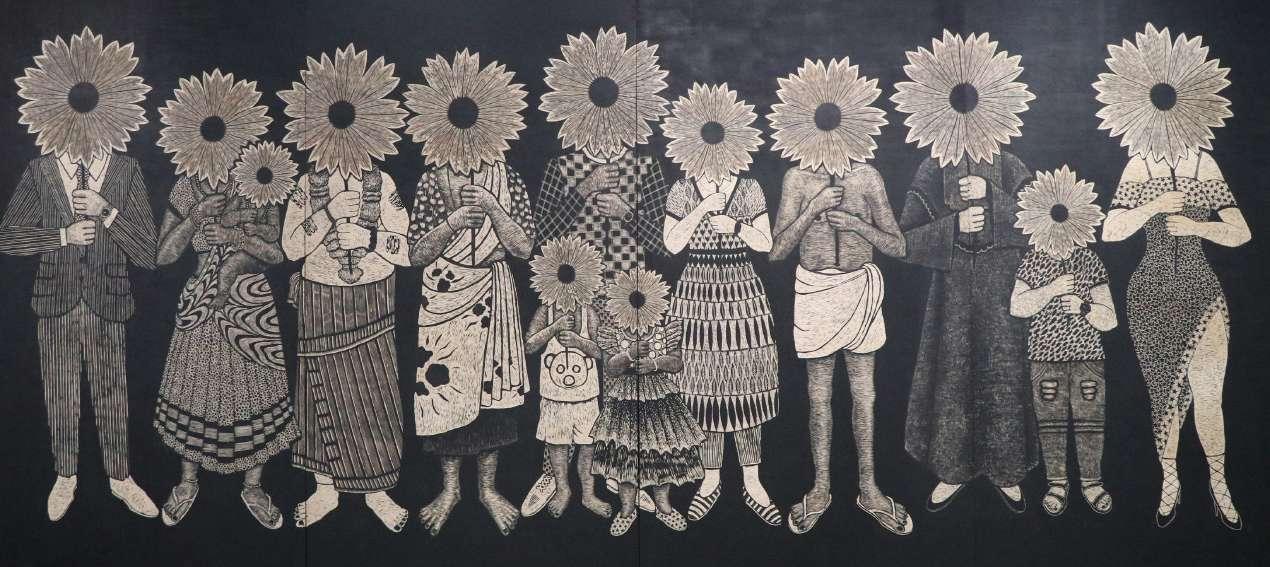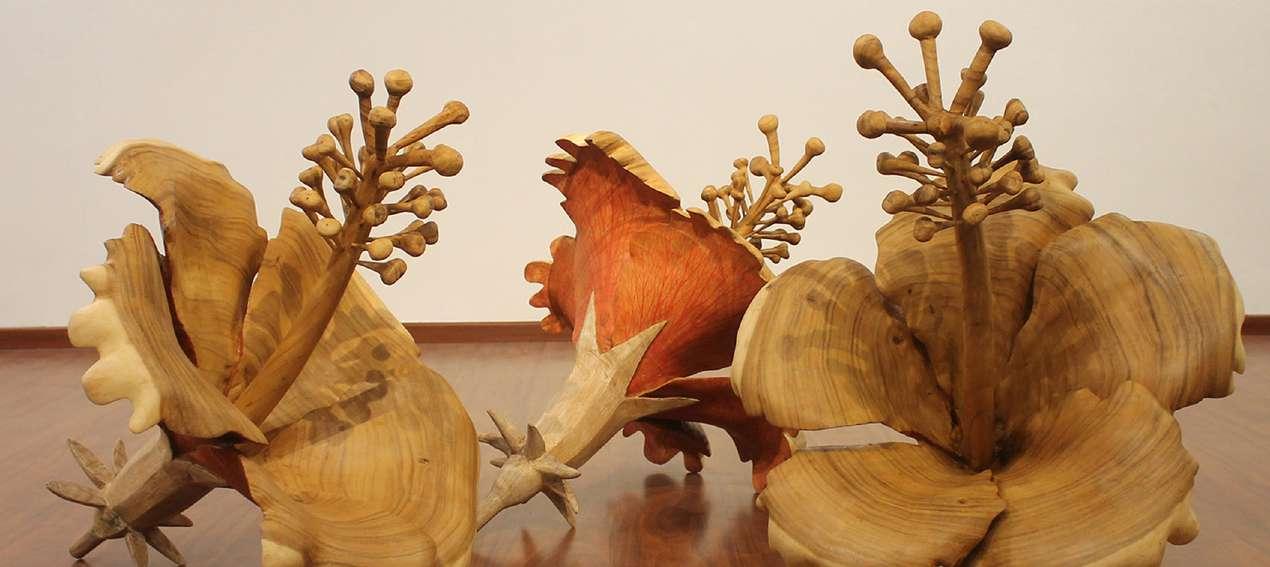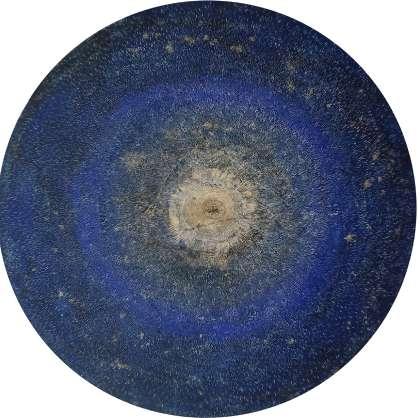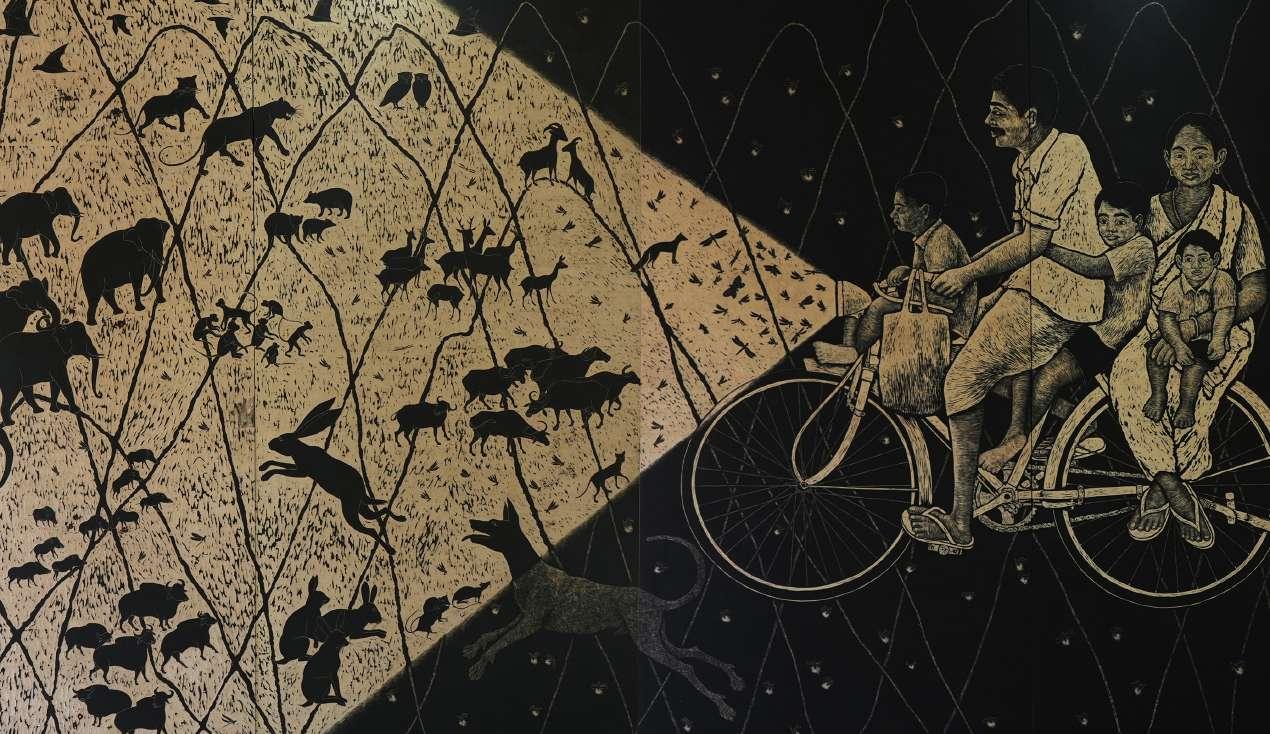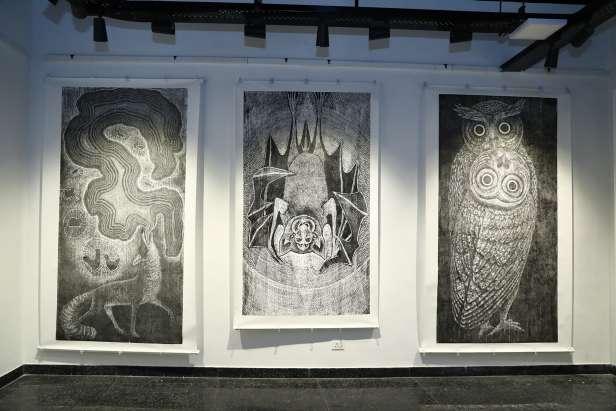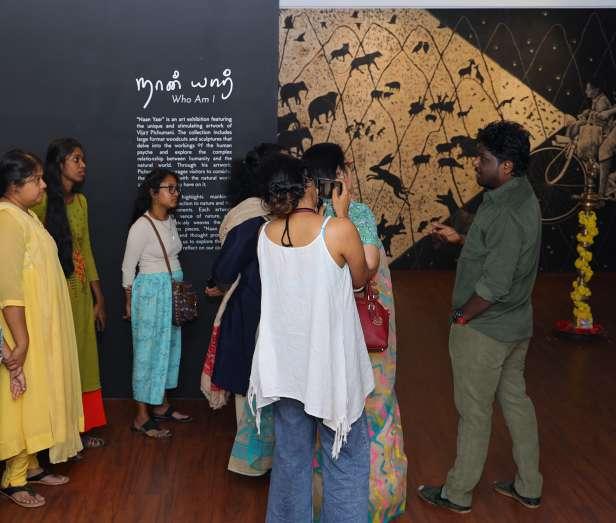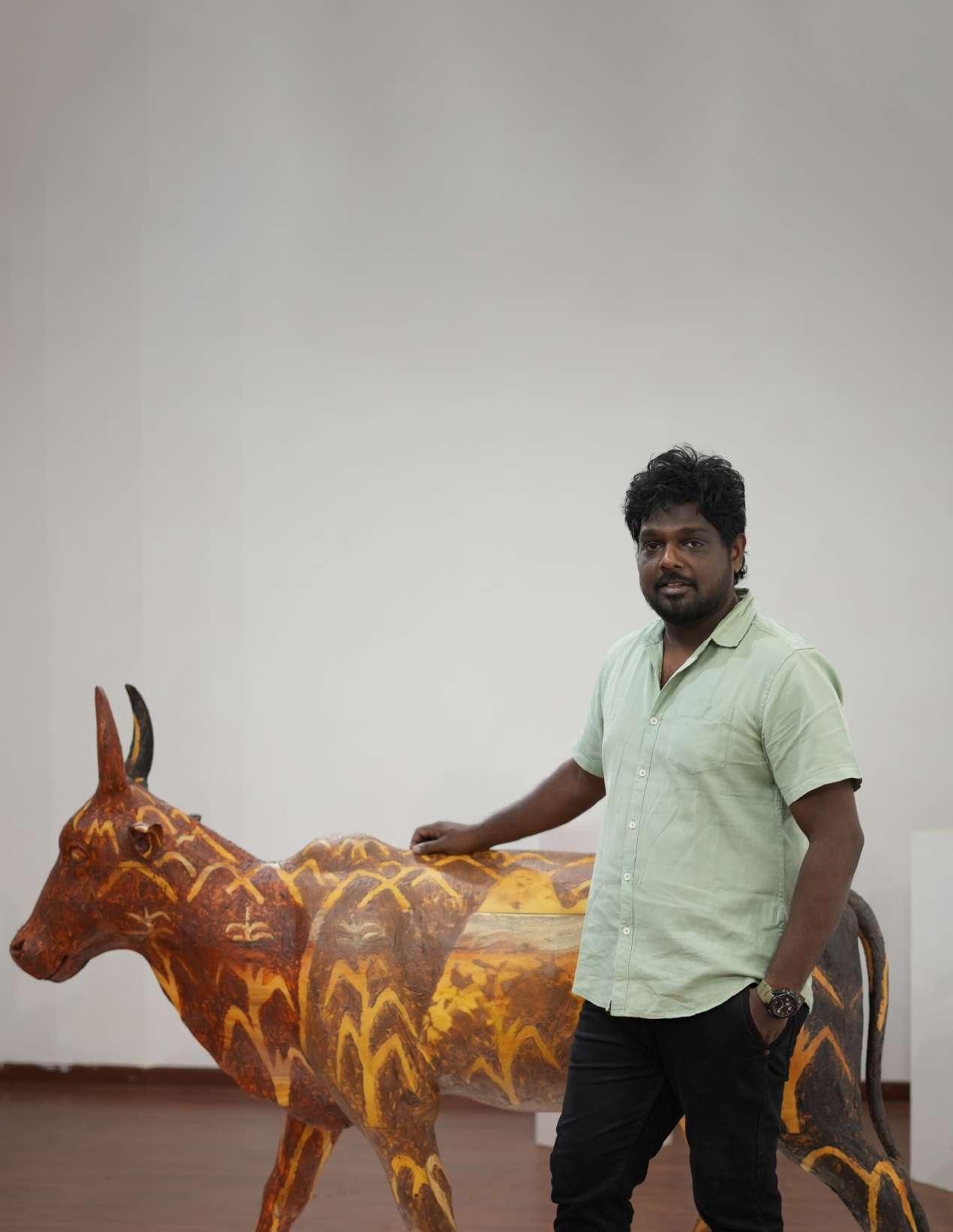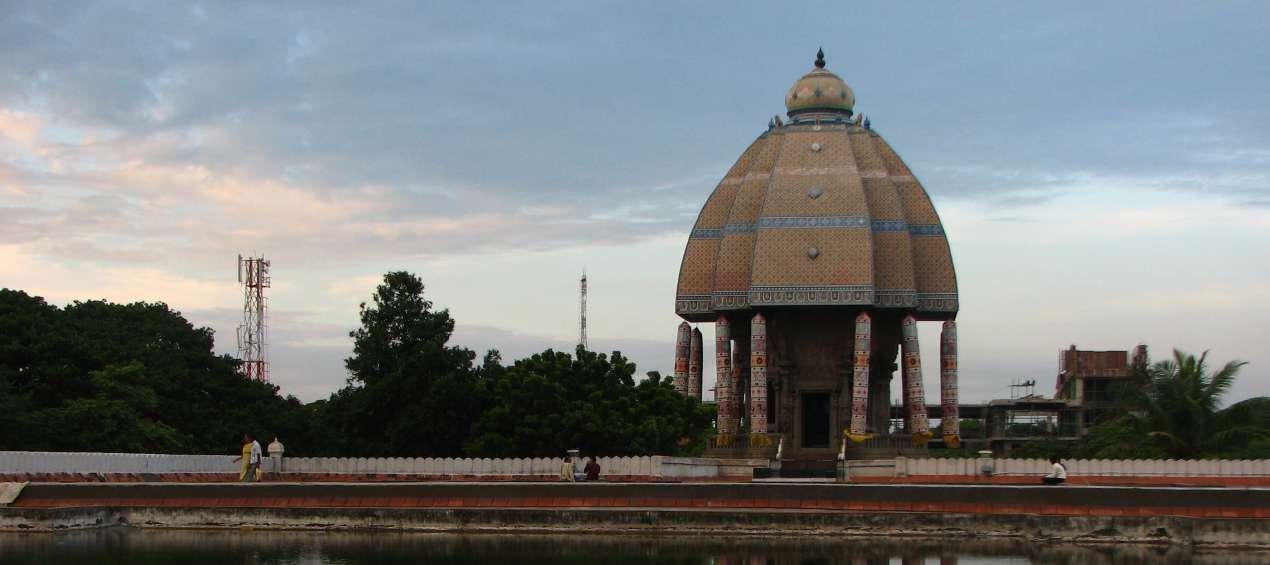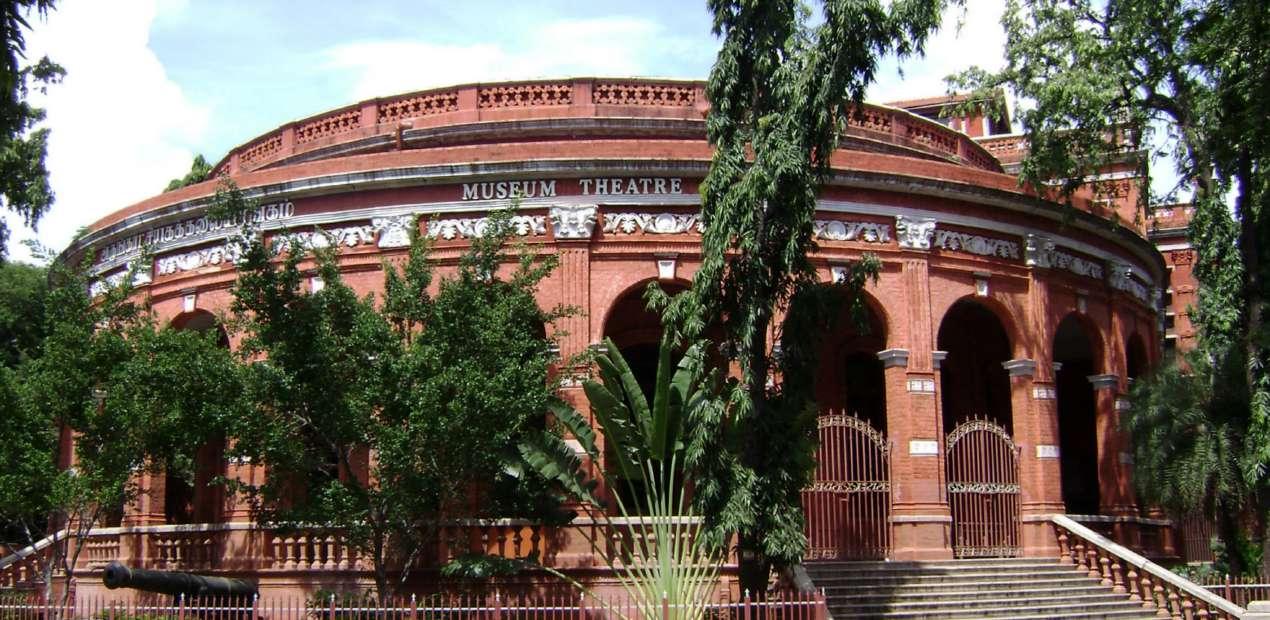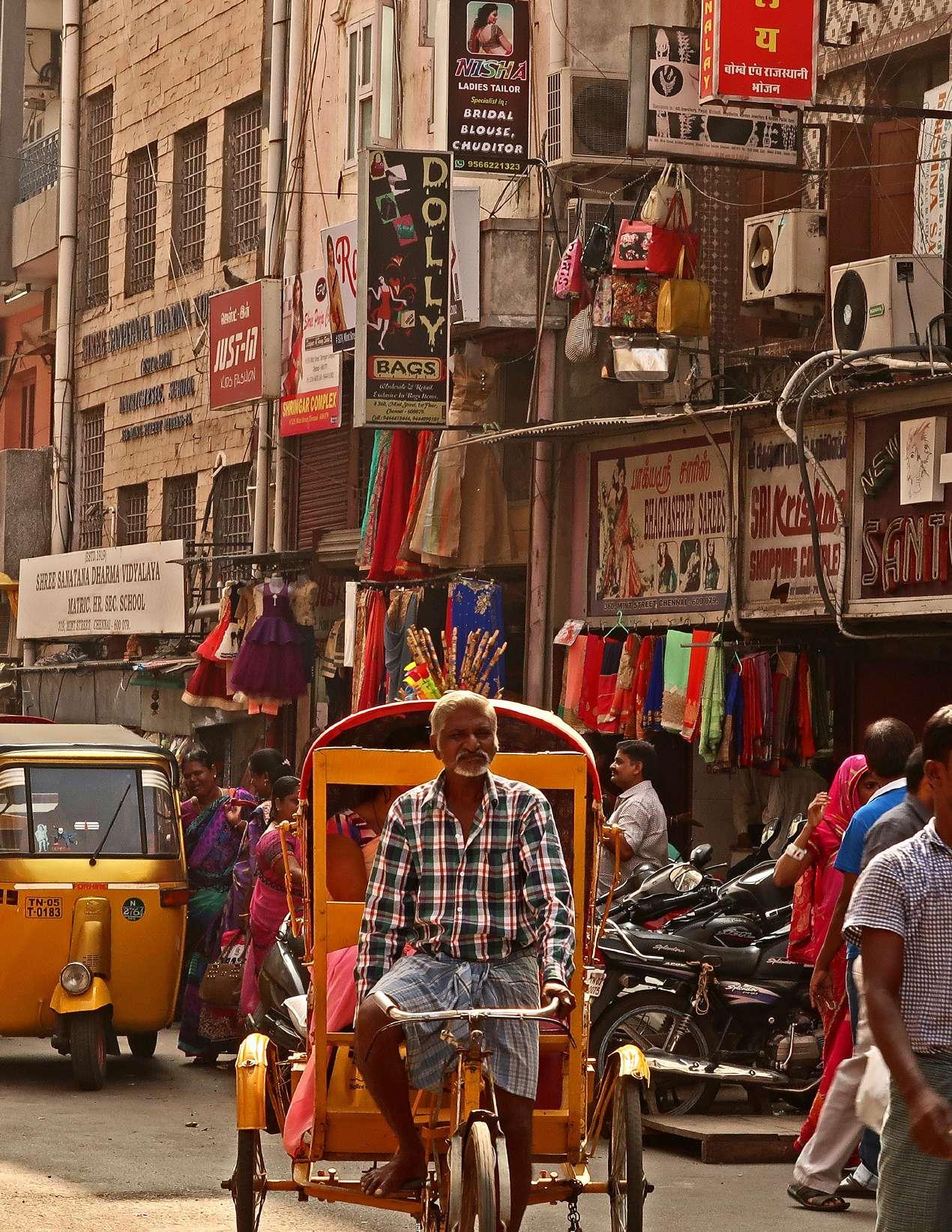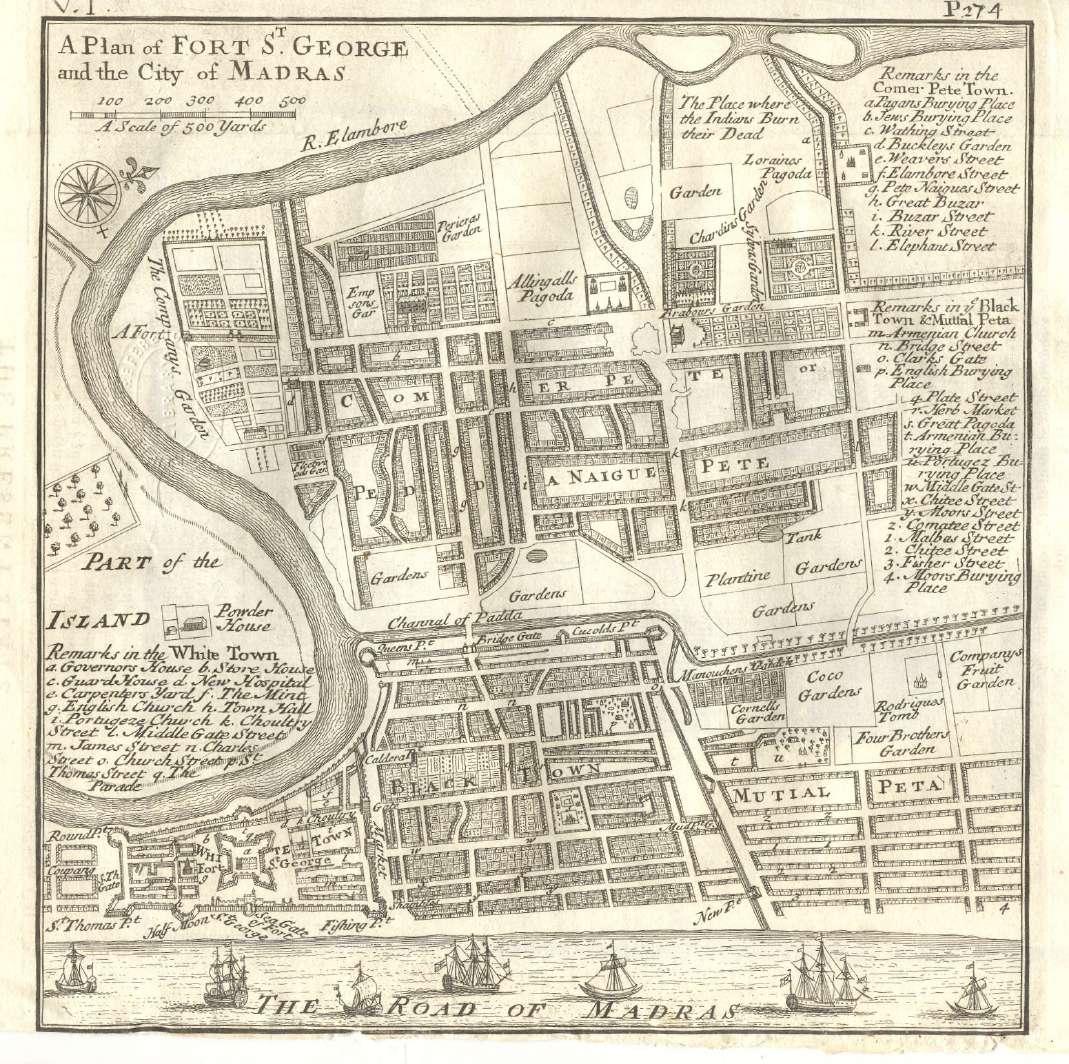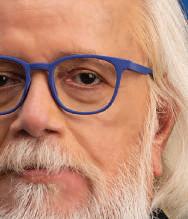to Chennai
A Kaleidoscope of Time!
Sahana Subramanya
Vanakkam people! Sure, you would know of this city of vibrant galore. From scenic places, cultural legacy and beautiful people, Chennai never fails to surprise. Because of its prominence, it is called by many synonyms like ‘The gateway of South India’, ‘Land of Temples’, ‘Cultural capital of South India’ and more. Its reputation was so vast that every South Indian, even the natives of Andhra Pradesh, or Kerala, or Karnataka were addressed as ‘Madrasi’ across the rest of India! It was known as ‘Madras Patnam’ during the colonial times, slowly changed to Madras and now is known as everyone knows, Chennai.
Did you know that Chennai sits on the rocky beds along the Coromandel Coast which dates back to billions of years! The earlier Madras Presidency ranged from Orissa to Kanyakumari longitudinally and from Kozhikode to Pondicherry latitudinally. Situated in the south eastern coast of Tamil Nadu, Chennai has the second longest
beach in the world! That’s not all, continue to read on, to know some of the amazing facts less known to you.
Early Settlements and Dynasty
Chennai, was in totality formed around 2000 years ago during the Sangam age, where the land was traversed and ruled by the Kurubas, Cholas, Pandyas, Kalabhars, Pallavas and the Vijayanagar dynasties. It was then known as ‘Thondaimandalam’, and according to historians like K.V. Raman, the present day Egmore, Triplicane, Mylapore, Velachery, Thiruvamiyur, Nungambakkam among others were a part of Thondaimandalam, during ancient times. It is in this city that around the 10th to 12th Century AD, that the first administrative setups like village assemblies were put in place by these great empires. This city flourished greatly under the rules of many prominent kings and administrations, and the political influence of

the modern times was clearly influenced by history. A city brimming with life, has a rich cultural tapestry and is followed with the same fervour till today. There were small fishing villages lively that were slowly replaced by bustling modern-day metropolises; From the Pallavas to the British, the olden ‘Tondainadu’ has seen tremendous changes to become the present ‘Chennai.’
Architectural Marvels of Ancient Madras
The Kapaleeshwar Temple of Lord Shiva in Mylapore, dates back to the Pallava dynasty rule. It is noted due to its mentions by the great Greek geographer, Ptolemy and also mentioned in our Puranas. Another noted temple is the Chennakesava Temple that was erected during the 1700s to be another one of the oldest temple structures in the city dedicated to Lord Vishnu. Among these, there are many ancient temples dating back to the 7th and the
8th centuries, which have got the name of ‘Temple City’ of Tamil Nadu. During British rule, a noted architectural marvel, Santhome Church, was built to be another noted tourist destination in Chennai. It was erected during the Portuguese era by Roman Catholics, but this basilica was re-built by the British in 1893. The backdrop of the sea makes this place a dreamy destination.
Advent of the Portuguese and British East India Company
In the year 1639, a boat carrying a small group of Portuguese and English merchants, led by Francis Day, landed on the shores of Coromandel Coast of Madrasapattinam with the permission of the local ruler Raja of Chandragiri, whose local chief Ayyappa Nayak, wooed these British officers to carry trade within the villages. This initial descent to the modest settlement of
Thondai Nadu laid the cornerstone of British rule in South India. During 1652, Madras became a presidency as mentioned earlier and since then, this strategic location has become the transport hub, with immense development over centuries.
Madras as an Industrial Hub
In the 1800s, among the British provinces, Madras as it was called by the Brits, was made as one of the hubs for British rule, for conducting trade and commerce affairs in India. As the Indians only concentrated on khadi garments, the British introduced new crops like cotton and indigo to be used in garments, which boosted the local economy. Due to many influences, one such notable change was the city’s architecture, with a fascinating blend of Indian thatched houses and Agraharas and European styles of architecture, blended beautifully that stands till today to be the architectural marvels during that period.
The Idea of Independence
The thought of India’s independence was sown right in Madras a few years before the Independence. Many prominent leaders of that time like C. Rajagopalachari and E.V. Ramasamy Periyar were learned, brave and took initiatives to evoke the sense of patriotism among the people, who were awakened to fight for freedom. The anti-British feelings were hard to suppress as the city’s streets were filled with great processions echoing the sounds of ‘Jai Hind’ slogans as the city united to banish the English rule for good.
The Transformation from Madrasapattinam to Chennai
Ever thought of why the present name is Chennai and not Madras? Many localities, who are influential enough, have had the name Madras associated with the British in their minds, which was not easy to accept. Have you ever noticed, some people still have the habit of calling Chennai as Madras even today, while it was officially changed way back in 1996? Even though the city was renamed to Chennai, as a tribute to the ancient ruling kingdoms of Chera, Chola, and Pandya during Independence, it took many years for the people to accept the change. That is the significance that the city brought in the hearts and minds of the people across the country, due to the cultural ethnicity and stories attached to it.
Industrialization and Urbanization
Chennai after independence saw a drastic transformation from merely being a fishing town into an industrial giant amongst other major cities in India. The taste of urbanisation was felt by the local workforce, giving way to a range of manufacturing industries and engineering hubs, to become a sought after destination to carry our trading and shipping with the easy access to the port. Many heavy industries like petroleum, automobile, jewellery, tyre, cement, heavy electricals and many more, have sorted Chennai as a prosperous and economically sound destination. This industrial growth, coupled with modernisation of the city with reputable educational institutions and hospitals has made Chennai a sought after metropolis.
Some Memorable Destinations that Defined Madras
There were some great destinations that were a pulsating part of the locals’ life. Among them were the Drive-in Woodlands restaurant that faced the Gemini studios. This restaurant started way back in April of 1962 in Teynampet. Set up by Mr. Krishna Rao, Drivein Woodlands had become the most favourite meeting point for old-Madrasaits. With the famous dine-in at the parking, to the vast 18 acre garden area with a beautiful ambience, it was a place to romance especially for the Stella Maris girls and the Loyola college boys, and many movies were shot there. It was a family destination to visit during the weekends. To capture the exact essence of this place may be difficult, but the restaurant’s degree coffee was the same as the one in Indian Coffee House. As the famous saying goes “Drive-in la paakalaam,” such was the reputation.
Another landmark was the Gemini Studios which was a benchmark for South Indian Cinema and was often referred to as the Universal Studios of India! Such was the legend of this institute which was launched by the great MM Vasan with the world famous logo of the Gemini twins. This studio is known for its landmark extravagance and later became so famous that it was a landmark symbol, as it is one of the few studios to have lasted a 100 productions standing alongside other giants like the AVM studios and many others.
Preserving Heritage and Chennai’s USP
While Chennai is all in to embrace modernity, it is still deeply rooted to its rich culture and history. Many notable heritage buildings are being preserved, including the iconic Fort St. George, a UNESCO World Heritage Site and the magnificent Shiva temple, the Kapaleeshwar Temple, styled in the Dravidian architecture is no less of a gaze. The Marina Beach, a streaming expanse of fair and golden sand, remains the city’s heart, attracting millions of tourists and localities every year.
How can one miss Chennai to be a food lovers’ paradise. From the sponge-like idlis, to a variety of podis and dosas combined with a cup of filter coffee, is this called heaven? And for all the meat lovers, the taste of spicy Chettinad style is sure to linger in your taste buds for a long time.
Chennai tuning to its Carnatic Music
Though the Carnatic music sprang from Thyagaraja Swamy, who was Telugu speaking, Carnatic music gained popularity among the households of most of Tamil Nadu, especially Chennai and is still the undisputed heartland of this revered form of music. Music stalwarts like the great Ms. M. S. Subbalakshmi, Semmangudi Srinavasa Rao, Madurai Mani Iyer, D.K. Pattammal among many others have become etched in the memory of Chennaiites, with many music festivals happening in their honour to this day. If you are a music lover, attending a music festival is a must in the city, as it is like visiting a yearly pilgrimage! Such is the importance given to this art form. The divine tunes and raagas resonate with the audience and bring out their emotions during the performances!
The Classical Dance Paradise
It wouldn’t sound wrong if I said Chennai is synonymous to Bharatanatyam. This revered and ancient art form finds its zenith in the city, with most households having its family members who are trained Bharatanatyam dancers! With noted iconic figures such as Alarmel Valli, Rukmini Devi Arundale, Meenakshi Srinivasan and many more. Chennai boasts of dance academies and programs adorned by the greats as these. While performing, the arena is adorned by the rhythm of the Mridangam among other instruments, the Taalas and the Mudras are definitely a treat to watch.
Chennai is not just a city, but it is an experience worth a lifetime. Here people celebrate the past and coexist with past memories with continued evolution, only to make it more appreciable. Just like Mumbai and Bangalore, it is a city of dreams, where people from smaller towns and villages of different backgrounds come together to dream of living the Chennai dream!
Chiranjeevi Penumala
Chennai sure doesn’t disappoint us in many ways! And when it comes to Cinema, its boundless journey has brought us together to witness the multifariousness of the industry.
The roots of Chennai’s cinematic journey can be traced back to the early 20th century when silent films first made their debut in Madras (now Chennai). It was a time when cinema was transitioning from a novelty to a major form of entertainment and storytelling.
One of the first notable events in Chennai’s cinematic history was the screening of silent films at the Victoria Public Hall in the early 1900s. These screenings laid the groundwork for the burgeoning film culture in the city, captivating audiences and sowing the seeds for a thriving film industry. Silent films were a source of wonder and excitement for the people of Chennai, offering a new form of visual storytelling that transcended language barriers.
The Birth of the First Studio: A Southern Milestone
The establishment of Chennai as a cinematic hub was solidified with the foundation of the first film studio in southern India: the Madras-based General Pictures Corporation (GPC). Founded in the 1920s, GPC was a trailblazer in the Indian film industry, marking the beginning of organised film production in Chennai and the southern region.
GPC was instrumental in bringing together talented filmmakers, technicians, and artists who would go on to shape the future of Indian cinema. The studio produced several silent films that were well-received by audiences, setting the stage for the sound era of cinema. The existence of GPC attracted actors, directors, and technicians from other states, as Chennai was one of the few cities with the infrastructure to support film production. This influx of talent enriched the cultural and artistic landscape of the city.
The Golden Age of Tamil Cinema:
The transition from silent films to talkies in the 1930s marked a significant evolution in Chennai’s film industry. With the advent of sound, Tamil cinema began to flourish. The first Tamil talkie, “Kalidas,” was released in 1931, produced by Imperial Movietone in Mumbai but partially filmed in Chennai, reflecting the city’s growing importance in the industry.
In the 1940s and 1950s, Chennai emerged as a hub for cinematic brilliance, with iconic studios like AVM Productions and Gemini Studios leading the way. These studios produced numerous classics, marking a golden era in Tamil cinema and drawing talent from across the region. This period was characterized by the contributions of legendary figures such as M.G. Ramachandran (MGR), Sivaji Ganesan, and director K. Balachander, who made a profound impact on Indian cinema.
AVM Productions - Founded by A.V. Meiyappan, AVM Productions quickly became one of South India’s most prolific film studios.
Noteworthy films from this illustrious era include:
“Parasakthi” (1952): Directed by Krishnan-Panju and penned by M. Karunanidhi, this landmark film featured Sivaji Ganesan in his debut role. “Parasakthi” tackled social issues with impactful dialogues and powerful performances, establishing Sivaji Ganesan’s prominence in Tamil cinema.
“Andha Naal” (1954): Directed by S. Balachander, this groundbreaking film was the first Tamil movie to forgo musical numbers. As a murder mystery, it showcased Sivaji Ganesan in an antagonist’s role and was praised for its innovative screenplay and direction, reflecting
AVM’s willingness to explore diverse genres.
Gemini Studios - Founded by S.S.Vasan, Gemini Studios was another key player during this period.
Its notable films include:
“Chandralekha” (1948): Directed by S.S. Vasan, this epic historical adventure was among the most costly and ambitious productions of its era. Renowned for its elaborate sets and innovative technological use, it achieved significant commercial success.
“Avvaiyar” (1953): Directed by Kothamangalam Subbu, this biographical film about the Tamil poet Avvaiyar was lauded for its depiction of Tamil culture and history, underscoring Gemini Studios’ dedication to producing culturally rich films.
The Rise of M.G. Ramachandran (MGR) and Sivaji Ganesan:
The golden era of Tamil cinema was marked by the rise of two formidable figures: M.G. Ramachandran (MGR) and Sivaji Ganesan.
M.G. Ramachandran (MGR): Celebrated for his strong social messages and magnetic screen presence, MGR’s prominent films include “Malaikkallan” (1954) and “Nadodi Mannan” (1958). The latter, which was also MGR’s directorial debut, reinforced his image as a hero of the masses.
Sivaji Ganesan: Esteemed for his dynamic performances and versatility, Sivaji Ganesan’s memorable films include “Veerapandiya Kattabomman” (1959) and “Paava Mannippu” (1961). His portrayals of historical and socially significant themes made a lasting impression on Tamil cinema.
Director K. Balachander: K. Balachander emerged as a leading director during this era, recognized for his unconventional themes and inventive storytelling. His early works, such as “Neerkumizhi” (1965) and “Ethir Neechal” (1968), explored intricate human emotions and social issues with humour and sensitivity, setting the stage for his future success.
Cultural Influence of Cinema:
Cinema in Chennai was not just an entertainment medium; it was a significant cultural force. Films influenced fashion, language, and social norms, becoming a mirror to society and a vehicle for change. The songs from movies became popular hits, and dialogues entered everyday conversation. Iconic actors and actresses became role models and their styles were emulated by fans across generations.
Chennai’s films often depicted the aspirations, struggles, and values of the people, creating a deep connection with audiences. The city’s theatres, some of which are historic landmarks today, were places where communities gathered, laughed, cried, and dreamed together. Cinema had a unifying effect, bridging social
and economic divides, and fostering a shared cultural experience. Chennai’s status as a premier film production hub also attracted actors from other states who found opportunities and recognition in the city. The presence of wellequipped studios and professional talent pools made Chennai a desirable destination for artists seeking to make a mark in the industry.
For instance, actors from Karnataka, Kerala, and Andhra Pradesh moved to Chennai, bringing diverse influences and enriching the local film culture.This cross-pollination of talent contributed to the dynamism of Chennai’s film industry. Actors like Rajkumar from Karnataka and Akkineni Nageswara Rao from Andhra Pradesh had significant connections to Chennai, highlighting the city’s role as a melting pot of cinematic talent.
Chennai’s Cinematic Legacy Today:
Today, Chennai continues to be a vital centre for film production in India. It is home to numerous studios, production houses, and film institutions that contribute to the vibrant film culture of the country. The city hosts prestigious film festivals, like the Chennai International Film Festival, which attract filmmakers and cinephiles from around the world.
Chennai’s contribution to Indian cinema extends beyond Tamil films. The city has produced talented artists who have excelled in various film industries, including Bollywood. Directors like Mani Ratnam (Nayagan, Bombay and Kannathil muthamittal) and actors like Kamal Haasan (Hey Ram, Nayagan, Moondram pirai) have achieved national and international acclaim, underscoring Chennai’s influence on the broader cinematic landscape.
Denouement:
As we celebrate Madras Day, it is important to honour and recognize Chennai’s rich cinematic heritage. From the early days of silent films to becoming a major film production hub, Chennai’s journey in the world of cinema is a testament to its cultural and artistic vibrancy. The city’s film industry has not only entertained millions but also played a crucial role in shaping the identity of Indian cinema.
Chennai’s enduring legacy in the world of films is a source of pride and inspiration. Its contribution to the art of storytelling continues to thrive, driven by a passionate community of filmmakers, actors, and technicians dedicated to pushing the boundaries of cinematic excellence. Here’s to Chennai’s rich cinematic history and its ongoing impact on the world of cinema.
Ridhi Suri
The Anglo-Indian community in Chennai, known for its unique blend of Indian and European cultures, traces its origins to the colonial era. British officials, soldiers, and settlers who married local women established this distinct cultural identity, merging British and Indian traditions. Despite their rich heritage, the community has dwindled significantly over the years, with their numbers shrinking from lakhs to just a few thousand. Many AngloIndians have relocated to countries such as Australia, New Zealand, the UK, the US, and Canada.
Among those who remain in Chennai, most have dispersed to different areas of the city. They are no longer predominantly found around the railway hubs of Perambur and Ayanavaram or the military cantonments of St. Thomas Mount and Pallavaram. Now, lets understand and delve deeper into Anglo-Indians in Chennai and their culture: In Chennai, the Anglo-Indian community has made significant contributions to the city’s cultural and
social landscape. Historically, they have been involved in various sectors, including education, the military, and government services. Their impact is particularly notable in the establishment and management of institutions that catered specifically to their needs, such as schools and churches that became central to their community life. Anglo-Indians in Chennai have maintained their unique customs and traditions, which are a blend of their European heritage and local Indian influences.
Celebrations of Western holidays, such as Christmas, are marked with distinctive practices that incorporate both traditional Indian and British elements. For example, Christmas might be celebrated with a mix of Indian spices and British-style dishes, reflecting their dual heritage. The community’s lifestyle has always been a combination of Western and Indian elements. Anglo-Indian cuisine, for instance, combines British recipes with local flavours, creating a unique culinary recipe. Their social

customs also reflect this mergence, as they uphold both British traditions and Indian cultural practices. Despite the changes over time, including a reduction in their population due to migration and assimilation, the AngloIndian community’s contributions and cultural legacy continue to be an integral part of Chennai’s heritage. Their presence and influence remain a testament to their unique place in the city’s history and cultural mosaic. Anglo-Indians in Chennai also actively participate in cultural events and social organisations, preserving their heritage through music, dance, and cuisine. They are known for their vibrant community gatherings and are an integral part of Chennai’s multicultural landscape, embodying a fusion of both Indian and Western influences.
Who are Anglo-Indians?
Article 366(2) of the Indian Constitution defines an AngloIndian as someone whose father or male ancestors are
of European descent but who is domiciled and born in India to parents who reside there habitually. From 1952 to 2020, the Anglo-Indian community was uniquely represented in the Indian Parliament, with two members nominated to the Lok Sabha by the President based on the Government’s recommendation.
This provision, established by Frank Anthony, was in recognition of the community’s lack of a native state. Additionally, fourteen of India’s states - Andhra Pradesh, Bihar, Chhattisgarh, Gujarat, Jharkhand, Karnataka, Kerala, Madhya Pradesh, Maharashtra, Tamil Nadu, Telangana, Uttar Pradesh, Uttarakhand, and West Bengal—had Anglo-Indian representatives in their respective State Legislative Assemblies. In January 2020, the 104th Constitutional Amendment Act abolished the reserved seats for Anglo-Indians in Parliament and State Legislatures, though this provision remains effective until 2030.
Anglo-Indians in Chennai: A Historical Overview
Origins and Settlement:
The Anglo-Indian community in Chennai, formerly known as Madras, has a rich history dating back to the colonial era. Originating from the British colonial presence in India, the community was established by the intermarriage between British settlers and Indian women during the 18th and 19th centuries. They were primarily concentrated in areas where British administrative and military establishments were located, leading to significant settlements in and around Chennai.
Historical Significance
At their height, the Anglo-Indian community in Chennai numbered in the lakhs and made significant contributions across various fields, including administration, education, and the military. Their integration into the city’s cultural and social life was profound, with their influence evident in the establishment of community-specific institutions like schools and churches. These institutions served as vital hubs for preserving and promoting Anglo-Indian heritage and traditions. However, the community’s presence has diminished considerably over the years, from a large and influential group to a much smaller population. Despite this decline, the legacy of the Anglo-Indian community remains embedded in Chennai’s history and continues to be reflected in the city’s cultural and social landscape.


In Chennai, several prominent Anglo-Indian schools have been well-regarded within the community. Among these are the Holy Angels Anglo-Indian Higher Secondary School, CSI Bishop Corrie Anglo-Indian Higher Secondary School, and St. Dominic’s Nursery & Primary School. Other notable institutions include St. Matthias Anglo-Indian School, Sacred Heart Convent Higher Secondary School, and Sacred Heart Girls Anglo-Indian Higher Secondary School and more.
Each of these schools has played a significant role in providing quality education and nurturing the Anglo-Indian heritage in the city. During their peak, the Anglo-Indian community in Chennai maintained a vibrant cultural life, supported by several institutions. They had their own schools, such as St. George’s Anglo-Indian Higher Secondary School and St. Thomas’ Anglo-Indian School, which were pivotal in providing education to the community’s children. Their churches, including St. Andrew’s Church served as important social and religious centres, reflecting their strong Christian faith and heritage.
Language and Culture:
The Anglo-Indians in Chennai primarily spoke English, often mixed with Tamil and other local languages, reflecting their colonial past and integration into Indian society. Their cultural practices were a mix of British and Indian beliefs. This was evident in their social customs, celebrations and lifestyle.
Lifestyle and Food:
In Chennai, the Anglo-Indian lifestyle uniquely blended Western and Indian cultures, creating a distinctive cultural milieu. Traditional British practices, such as enjoying afternoon tea and celebrating English holidays like Christmas and Easter, were seamlessly integrated with local Indian customs and festivals.
This cultural fusion was particularly evident in their cuisine, which featured a rich amalgamation of both British and Indian flavours. Popular Anglo-Indian dishes included ‘Anglo-Indian curry’, known for its distinctive spicing and preparation methods, ‘meat pies’ with savoury fillings, ‘kedgeree’, a comforting dish of rice, fish, and spices, and ‘bread pudding’, a classic British dessert with a local twist.
Alongside these, traditional Indian dishes like ‘biryanis’, with their aromatic rice and meat, ‘kormas’, featuring rich, creamy sauces, and ‘chapatis’, unleavened flatbreads, formed a crucial part of their daily diet. This culinary habit not only showcased their rich dual
heritage but also their ability to adapt and merge different cultural influences seamlessly. Anglo-Indian cuisine features distinctive dishes that reflect a unique blend of British and Indian influences. In some of the houses, jalfrezi was a staple, but it differed significantly from what’s typically found on Indian restaurant menus.
Pepper water, a spicy, thin soup served over rice, was another common dish. Other favourites included Country Captain Chicken and Railway Lamb Curry, dishes with historical roots tied to the subcontinent’s railways, where many Anglo-Indians were employed. However, these traditional dishes are becoming increasingly rare among younger generations.
The rich, hybrid culinary culture that defines the Anglo-Indian identity is gradually fading, largely due to intermarriage and changing tastes. As traditional recipes and cooking methods are less frequently passed down, the unique blend of British and Indian flavours that characterised Anglo-Indian cuisine is being diluted, marking a poignant shift in this culturally rich heritage.
Modern Changes:
In recent decades, the Anglo-Indian population in Chennai has significantly declined, from lakhs to just thousands. This reduction is attributed to various factors, including migration, demographic changes, and the assimilation of younger generations into broader Indian society. Despite this decline, the community’s historical contributions and cultural legacy continue to be remembered and celebrated in Chennai.
Where do all the Anglo-Indians disappear?
Today, finding Anglo-Indians in railway colonies or historic settlements like Kolar Gold Fields, Clement Town, McCluskieganj, and Whitefield has become increasingly rare. These once-thriving communities have nearly vanished, and the presence of AngloIndians in urban areas is reportedly diminishing. Scholars suggest that the population is declining, contributing to the gradual disappearance of these historic enclaves and their unique cultural heritage.
In a speech to Anglo-Indians in Calcutta in May 1938, Gidney described McCluskieganj as “A home for AngloIndians under the sun of India, their motherland, an effort at self-help which will command the respect and admiration of our compatriots, a colony worthy of the traditions of our forefathers, a concrete evidence of our affection for the land of our birth, and a memory to the blood of our mothers and grandmothers which runs in our veins.”
Gidney, who was the president of the All India Anglo-Indian Association, added, “Here we have the opportunity to make good, here we have the making of an Anglo-Indian State and here we have the creation and moulding of our mooluk (country).
No more will we look at the map of India and say to ourselves ‘Wither shall we go?” Today, there are approximately 350,000 to 400,000 Anglo-Indians residing in India. The majority are concentrated in major cities such as Kolkata, Chennai, Bangalore, Mumbai, Delhi, Hyderabad, and Pune, as well as in smaller towns like Ratlam, Kochi, Kollam, and Secunderabad.
Other notable locations include Mysuru, Mangaluru, Kolar Gold Fields, Kanpur, Lucknow, Agra, Varanasi, Madurai, Coimbatore, Pothanur, Tiruchirapalli, The Nilgiris, Hospet, and Hatti Gold Mines. In Kerala, Anglo-Indians are primarily found in Alappuzha, Kozhikode, and Kannur, while in Goa and Pondicherry, and in Bihar’s Jamalpur and McCluskieganj, they also have a presence. In Uttarakhand, towns like Dehradun are home to some Anglo-Indians, as well as in Jharkhand’s Ranchi and Dhanbad, and West Bengal’s Asansol, Kharagpur, and Kalimpong. A significant number also reside in Odisha’s Khurda and some in Cuttack.
Despite this, the Anglo-Indian population has been declining due to migration abroad and relocation within India. Tangasseri in Kollam, Kerala, remains the last stronghold of Anglo-Indian tradition in the state, though most colonial-era structures there have vanished, except for the Tangasseri Lighthouse built by the British in 1902. Internationally, many AngloIndians have settled in Britain, Australia, Canada, the United States, and New Zealand, with smaller communities in Switzerland, Germany, and France. In Australia, integration has generally been smooth. In Burma, the Anglo-Indian and Anglo-Burmese communities faced significant challenges after the military coup in 1962, leading many to emigrate and settle in other countries.
Santoshini Appiah
The crisp sea breeze brushing your hair calms your mind while the frothy waves lick your toes and soothe your soul. These are not the only perks of the city with the secondlargest beach in the world. Yes, there is more to explore in this city. Culture, cuisine, care and cyber-minds; Chennai is indeed the city of miracles and marvels. It is truly a city of enigmas; as at its heart, you will find world-class healthcare, while at its core, millions work at SIPCOT, the largest IT park in Asia. Let us dive into the hive of activity blooming in this megalopolis.
Chennai: the beacon of health and hope:
Good health gives hope and good hope gives everything in life. India was known for its Ayurveda, Sidha, and homeopathy treatments to cure strenuous illnesses. It has come a long way with research, learning and improvement in modern medicine.
What was once just the Gateway of South India, bagged the title as the “Health Capital of India” by being tenacious in offering the best healthcare possible. As of 2020, the metropolitan area attracts over 45% of the country’s healthcare tourists.
Key Factors for Becoming the Hub of Medical Tourism:
Cost Effective: Medical Treatments from consultation to surgeries and after-care cost almost one-third as that of other international countries which has become a major factor for attracting tourists into Chennai.
Expert Quality Care: Most hospitals in Chennai are equipped with High-quality and advanced medical technology. With the healthcare industry booming, Indian diaspora doctors have returned to assist in Chennai. This inclusion of experienced doctors has ultimately made the field thrive to great potency.
Efficient Communication: Despite being a Dravidian city, the people of Chennai have always been multilingual owing to their exposure to citizens of diverse ethnic origins. English, Tamil, Telugu and Hindi have become common languages in the city with English being the main medium of communication in corporate hospitals. This has made interaction with the patients much easier. In many hospitals, language interpreters are available to translate some uncommon languages also.
Quality Care: With state-of-the-art equipment and timely diagnosis and treatments, the Detroit of Asia, has promising quality healthcare services.
Integration of Technology in Healthcare:
The capital city of healthcare where innumerable cyber minds proliferate has done an excellent job of integrating technology into medical care. The city’s hospitals and healthcare providers leverage advanced technologies to enhance patient care, improve diagnostic accuracy, and streamline operations.
Electronic Health Data Records (EHRs): Creating an individual database with patient history and updating it regularly allows for the seamless sharing of patient information among healthcare providers, ensuring continuity of care and reducing the risk of errors.
Research and development: Various medical institutes in Chennai are involved in research and innovation. This plays a major role in medical advancements using cutting-edge technologies and thereby enhancing healthcare standards.
Medical Education and Training: Institutions like the Madras Medical College, Stanley Medical College, and Sri Ramachandra Medical College are renowned for their rigorous academic programs and contributions to skilled medical professionals.
The most popular medical services sought after in Chennai are:
Transplant Surgeries: some world-renowned transplant surgeons are available in Chennai to perform heart, lung, liver, and kidney transplants.
Oncology centers: Chennai is known for its wellestablished oncology treatment hospitals which cater to the needs of patients from radiology to the most complex surgeries. It holds South Asia’s first proton cancer therapy, an equipment that treats multiple cancers through extreme precision. Chennai is also known for India’s first total marrow irradiation treatment.
Heart Surgeries: Chennai performed India’s first Heartmate II LVAD surgery. It also shines in Paediatric Cardiology, having done India’s first paediatric heart transplant here on a Russian baby. Bypass surgery, heart valve replacement surgery, stent placements, everything is done here with excellent equipment and great care.
Neuro and spine surgery: Chennai hospitals offer the most advanced neuro procedures and surgeons. The first minimally invasive double curve correction spine surgery was first performed here.
Fertility Procedures: With infertility being a common variable in today’s time, the city offers many procedures like IVF, IUI, and other fertility treatments which yield promising results in almost every case.
From Ashes to Phoenix: A City reborn:
Once merely a fishing town called Madrasapattinam, the city underwent a dramatic transformation to become Chennai, a thriving hub of technology. With a new name, a new supercity was on the rise as it had a hefty population of super minds in it. The people of Chennai have always been known for their kindness, innovative and inclusive nature, however, with the age of the industrial revolution, they developed futuristic ideologies and made the capital city into a major IT hub in India.
Education: The Talent pool manufacturer:
The numerous top-notch Educational Institutes in Chennai like the Indian Institute of Technology(IIT), Anna University and other affiliated universities have paved the way to build an excellent talent pool here. The basic learning method is to challenge oneself by upgrading new skill sets along with the new trends. This has ensured a continuous flow of highly talented graduates who race along with the evolving technologies.
The infrastructure: Where Proactive minds proliferate:
Chennai’s infrastructure has played a pivotal role in its IT development. India’s largest IT park is housed in Chennai. SIPCOT IT Park is an IT park located in Siruseri in Chennai. It was developed on 782.51 acres (4 km2) of land by the State Industries Promotion Corporation of Tamil Nadu(SIPCOT), a fully government-owned institution. Founded in June 1971, it is the second-largest IT park in Asia. Software exports from Tamil Nadu during 2017–2018 rose 8.8% to touch 1,11,179 crore, involving a workforce of 7,80,000 and the city is the hub for startup companies. The city boasts several well-planned IT parks and Special Economic Zones (SEZs) like Tidel Park, International Tech Park Chennai (ITPC), and Mahindra World City. These hubs offer state-of-the-art facilities, robust connectivity, and a conducive environment for technology companies to thrive.
Investment of Corporates
and
Rise of Start-ups:
Major multinational corporations like Tata Consultancy Services (TCS), Infosys, Wipro, Cognizant, and Accenture have established significant operations in the city. These companies benefit from Chennai’s strategic location, skilled workforce, and business-friendly policies. In addition to established players, Chennai’s start-up ecosystem has flourished in recent years. The city is witnessing a surge in entrepreneurial activity, with numerous tech start-ups emerging in areas such as artificial intelligence, machine learning, blockchain, and fintech.
The small sectors’ positive upgrade:
Chennai, a city that already attracts tourism for its aesthetic beaches and cultural cliches now has so much more to offer. With the advancement of IT innovation and healthcare excellence, it has built a unique ecosystem that stands as a lighthouse for the upcoming generations. This digital wave has brought about numerous changes driving growth, and innovation while improving efficiency across multiple domains.
Food for Thought:
Good food brings a good mood. Chennai now proudly boasts to offer every cuisine from Chettinadu to Korean with the innumerable themed restaurants scattered across the city. The Metropolis offers a variety of food to
its citizens so that they can work their minds in peace. You can see small tea shops, dhabas and snack shops offering a variety of fresh options to those taking a break from the turmoil of coding near the IT lanes. While the city also provides healthy, hygienic and homely food in every way possible. Now, eating out is not a sin but a boon in disguise because of its numerous options.
Health for Happiness:
The integration of IT into the healthcare sector has revolutionized medical services in Chennai. Moreover, health tech start-ups in Chennai are developing innovative solutions such as wearable health devices, mobile health applications, and AI-driven diagnostic tools. These advancements are making healthcare more accessible and affordable for the city’s population.
Education for Everyone:
E-learning platforms, virtual classrooms, and educational apps have transformed the way education is delivered. Small educational institutions and coaching institutes can now compete with larger entities by offering online courses and resources. This has democratized education, making quality learning accessible to students from diverse backgrounds.
Retail through E-commerce:
Local businesses can now compete with larger retail chains by offering online shopping options, personalized marketing, and enhanced customer service. This has led to a more vibrant and competitive retail landscape in Chennai.
Local artisans and craftsmen are also benefiting from digital platforms that allow them to showcase and sell their products to a global audience. This has helped preserve and promote Chennai’s rich cultural heritage while providing economic opportunities for small businesses.
Chennai is a city of unique combination that respects its roots via embracing the culture while paving the way to a more futuristic city. A city that truly keeps its citizens happy and busy by having so much to offer. A city that never ceases to amaze you. Explore Chennai, where the waves of progress are as constant as the tides of the sea, and let the city’s blend of tradition and technology leave an indelible mark on your soul.
FROM THE EARTH, FOR THE EARTH.
INTERVIEW WITH VIJAY PICHUMANI
Lekhashree Natarajan
1. Your work is very unique and exciting. What inspired you to become a fine artist?
I have always had an interest in drawing. After 12th grade, my parents encouraged me to pursue a graduation degree; they wanted to make a lawyer out of me. I came to Chennai to get trained for the college entrance exam. I started my career in arts with BFA and MFA from the Government college of Arts and Crafts, Chennai. I started with printmaking, woodcut art, holographic etching, acrylic painting and linoleum works after graduation. I hail from a mountain village and was the first graduate from my family, but I had no big plans and my parents were initially skeptical of my work. I wanted the city dwellers to understand the essence of my nativity through art. That is how it all started.
2. Your art is a metaphor of mother nature, humanity and emotions on a deeper level. What is the reason behind it?
I view art as a form of revolution. What was just an art piece from Michelangelo of Jesus has now become His revered form. Similarly, Ravi Varma portrayed goddess Lakshmi to our eyes and we accepted Her form of pure divinity. A good artist makes the society revisit their thoughts. It is both provocative and finding a meaning in the ordinaire. Artists are the backbones of the creative realm and I wanted to be the one who connects our roots to the future. Some of us belittle our elders for being ignorant, I believe it is our job to guide and educate them. I want to do the same through my art pieces. The Earth has bestowed many gifts upon us, it is an artist’s job to give perspective to this infinite beauty and interpret it to the future generation.
3. Talk about the challenges you faced as a growing artist.
The first time I ever left my village was to come to Chennai and train for my college entrance exam. During that time, I was terrified by the mere size of the lorry tyres roaming around the city. I was such a naïve person back then. I stayed in Koyambedu bus stand and travelled to the coaching centre everyday for the duration of my training. Even after graduation, I had to rent a studio in Lalit Kala Akademi which cost me a thousand rupees for three months. That was a very big amount for me then. When my parents knew about my line of work, there were many issues questioning my success. I had to prove to myself that I could become successful in this field and started working with vigor. It takes over 8 hours for one canvas of printmaking. But I strived hard and produced “The Crow”, a series and the academy recognized my work and granted me a scholarship.
4. What are the mediums you use to showcase your artwork? How does choosing the right material come into existence?
Being an artist is the toughest job. Art is to be delivered profoundly in every canvas. The search for inspiration between one canvas to another is the most important thing for an artist. I travel a lot to quench this thirst for inspiration. Acrylic paintings were my first works; I painted my aesthetically beautiful village on canvas. The landscapes, mountains, the flora and fauna were all captured in my work. I portrayed water lilies in many forms using holographic technique. Nature is my true inspiration, and I like to showcase distinctiveness in every art-piece that I make. I take my old bullet to small villages and observe their landscapes, farmlands and converse with the locals there. The way the farmers pray to mother Earth before stepping on her touched a chord in me to create something and convey this feeling. I got the idea of using wood powders by seeing the waste wood powders in my friend’s shop. I have used Teak wood as brown colour, padauk tree wood for red, manjanathi wood for yellow, eeti tree wood for black; similarly I used powders from every tree for texture. This created some of my unique works done without using artificial colours.

5. What is your favourite or best work?
Every work that I have done is my favourite because sometimes when I look back at my old works, I am still in awe as to how I created them.
6. What is the message you’d like to give through your work of art?
There are many forms of artists around us. I believe a teacher, a painter, a politician, a singer, a performer, all of them use art as a medium to convey their messages. What might be abstract to someone might be inspiring for someone else, pushing them to portray that through their art. Take for example, a flower is an abstract from a distance, but is poetic when you give keen attention to it. I connect the most with the “Elements of Earth.” The more we give to her (Love and care, water and seeds), the more she returns (fruits and produce). Nature is the best artist of them all.
7. You have been rewarded with several awards and you have come a long way. How do you feel about it?
I have received awards like Lalit Kala Akademi Scholarship Grant for the year 2012–2013; the Chandra Ilango Art Foundation Award, 2014, and the Arnavaz Vasudev Foundation Award, 2014; 56th National Award for Woodcut Print in 2015. I have worked for high profile clients and also have had difficult days. I always have a thirst to quench my search for the canvas. I am so happy to have received all these awards, but more than the awards themselves, I always look forward to the rewards that come along. The life of an artist is not a money mending life, so whenever it is rewarded I gladly accept it. These awards made me understand that working hard towards your dreams and wishes will grant your wish.
Indeed, Vijay is one of a kind artist who refuses to redo his artwork even when offered with hefty rewards. Such is his devotion to his inspiration; Nature.
The Historical Roots : Echoes of the British rule
Chennai’s architectural landscape is a rich tapestry woven from various periods and cultures. The city’s buildings narrate a compelling story of its evolution, from the early Dravidian temple structures to the grand colonial edifices and contemporary buildings that define its skyline today. The British colonial period left an indelible mark on Chennai, with numerous buildings constructed in styles ranging from neoclassical to Indo-Saracenic.
To truly understand Chennai’s colonial past, one must visit the numerous colonial buildings that dot the city. The Higginbotham’s bookstore, established in 1844, is the oldest bookstore in India. Its Palladian architecture, characterised by geometric black-and-white patterned mezzanine floors and wooden shelves, creates an intimate, old-world atmosphere. Similarly, the Alamparai Fort, though now in ruins, is a historical site that offers a glimpse into the region’s past. Located near the coastal town of Mahabalipuram, this fort was once a bustling port during the Mughal era. Its remnants, including walls, ramparts, and a collapsed dockyard, tell stories of trade, power, and conflict that shaped the history of the region.



Fort St. George, established in 1644, is a prime example of British military architecture. It served as the first British stronghold in India and now houses the Tamil Nadu legislative assembly. The fort’s St. Mary’s Church, the oldest Anglican church in India, features a simple yet elegant design, emphasising functionality over ornamentation. This historical site is a living institution, holding a treasure trove of artefacts from the British era, including the first Indian flag hoisted after independence.
Moving further into the colonial era, the Ripon Building, completed in 1913, stands as another iconic structure from the British period. Named after Lord Ripon, the then Viceroy of India, this building exemplifies neoclassical architecture with its grand white façade and massive Corinthian columns. It serves as the headquarters of the Greater Chennai Corporation, the oldest municipal body in India.
The Madras High Court, built in 1892, showcases a blend of Indo-Saracenic architecture, which combines elements of Indian, Islamic, Gothic, and neoclassical styles. Designed by J.W. Brassington under the supervision of Henry Irwin, the court’s red sandstone facade is adorned with domes, stained glass windows, and minarets.
Indigenous Monuments and Spiritual Heritage
Beyond its colonial past, Chennai is home to a wealth of indigenous monuments that reflect its deep cultural roots. The Kapaleeshwarar Temple in Mylapore is a stunning example of Dravidian architecture. This temple, dedicated to Lord Shiva, features a towering gopuram adorned with colourful sculptures depicting various deities and mythological scenes. The temple is not just a place of worship but also a cultural hub, hosting vibrant festivals and rituals that attract devotees and tourists alike.
Further enriching the city’s religious heritage is the Santhome Basilica, officially known as St Thomas Cathedral Basilica and National Shrine of Saint Thomas was built by Portuguese explorers in the 16th century. This Gothic-style basilica, believed to house the remains of St. Thomas the Apostle, features pointed arches, ribbed vaults, and stained glass windows. The serene atmosphere inside the basilica contrasts with the bustling city outside, offering a space for reflection and spiritual contemplation.
Another notable monument is the Valluvar Kottam, an auditorium dedicated to the classical Tamil poet and philosopher Thiruvalluvar. The Kottam, resembling a traditional temple chariot (Ther), stands 39 metres tall and is adorned with intricate carvings depicting scenes from the poet’s life and works. The auditorium within can accommodate around 4,000 people, providing a venue for cultural events and performances.
The Government Museum, Chennai, established in 1851, is a treasure trove of human history and culture. It boasts one of the largest collections of Roman antiquities outside Europe, along with a rich array of bronze idols dating back to 1000 BCE. The Museum Theatre, a fine example of Italianate architecture, and the National Art Gallery, housing works by renowned artists including Raja Ravi Varma, further enrich the museum’s offerings.
In addition to these grand monuments, Chennai is also characterised by traditional agraharams, particularly in areas like Mylapore and Triplicane. These are traditional Brahmin neighbourhoods characterised by row houses built around a central temple. Agraharams reflect a simple yet functional architectural style, with features like thinnais (raised verandas), central courtyards, and tiled roofs.
They represent a way of life centred around community, religion, and simplicity. While not originally from Chennai, the influence of the Chettinad architectural style can also be seen in parts of the city. These mansions, known for their grandeur, feature wide courtyards, intricately carved wooden doors, and pillars. The Chettinad style blends traditional Tamil architecture with influences from European and Southeast Asian countries, reflecting the cosmopolitan nature of the Chettiar community.
The Evolution of Modern Architecture in Chennai
In recent decades, Chennai has embraced modern architecture while preserving its historical heritage. The city’s skyline is
now dotted with contemporary buildings that incorporate innovative design and sustainable practices. Structures like the Express Avenue Mall, with its sleek glass façade and spacious interiors, and the ITC Grand Chola, a luxury hotel blending modern amenities with traditional Chola architecture, reflect Chennai’s dynamic growth and cosmopolitan character.
Chennai’s Contemporary Art Scene
Chennai is not only a city of historical and religious monuments but also a thriving hub for contemporary art. The Apparao Galleries, established in 1984, showcases a diverse range of works by modern Indian artists. Alongside Sarla’s Artworld and Gallery Veda, these galleries reflect the evolving tastes and sensibilities of the city’s art lovers, providing a platform for both established and emerging artists.
For an immersive artistic experience, a visit to the Cholamandal Artists’ Village is a must. Founded by the modernist painter K.C.S. Paniker in 1966, this artist’s commune has been at the forefront of the Madras Art Movement. The village houses galleries, sculpture gardens, and artists’ studios, offering
visitors a chance to engage with artists and gain insight into their creative processes. Further enriching the city’s cultural offerings is Dakshinachitra, a living museum dedicated to the art and culture of South India.
This cultural centre showcases traditional crafts, folk art, and performing arts from Tamil Nadu, Kerala, Karnataka, and Andhra Pradesh. The museum’s collection includes model homes representing the architectural styles of these regions, providing a fascinating glimpse into the diverse cultural heritage of South India.
A Journey Through Time
Chennai’s architectural and cultural heritage offers a journey through time, providing glimpses into the city’s rich past and vibrant present. Each building, temple, and gallery is a chapter in the story of Chennai, reflecting the
diverse influences that have shaped the city’s identity. From the majestic colonial structures to the serene spiritual centres and dynamic art galleries, Chennai is a city that invites exploration and discovery.
As Chennai continues to grow and develop, its architectural landscape will undoubtedly evolve, blending tradition with innovation. This dynamic interplay of old and new makes Chennai not just a city to visit but a destination to experience deeply and meaningfully. Whether exploring its architectural wonders, participating in its vibrant cultural festivals, or simply enjoying a stroll along its bustling streets, Chennai promises a journey filled with discovery and inspiration.
This Madras Day, we celebrate not just a city but a rich tapestry of cultural, architectural, and historical narratives that continue to define and inspire Chennai.
